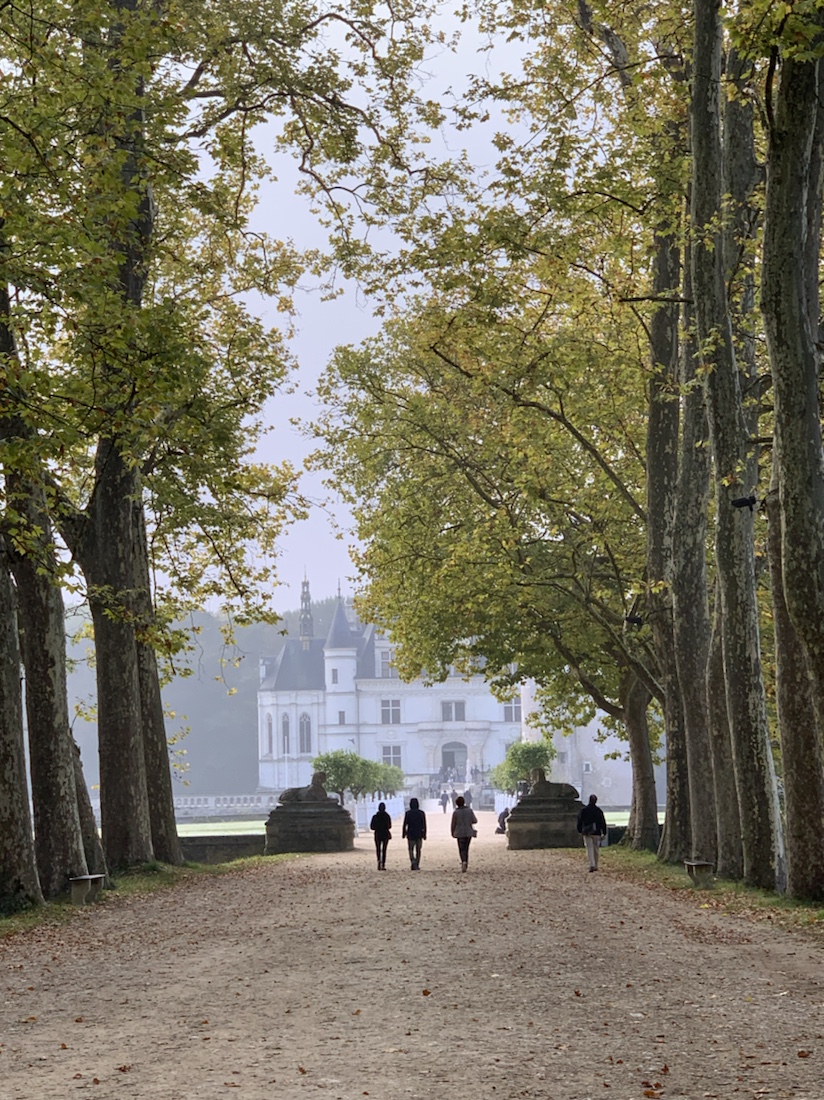
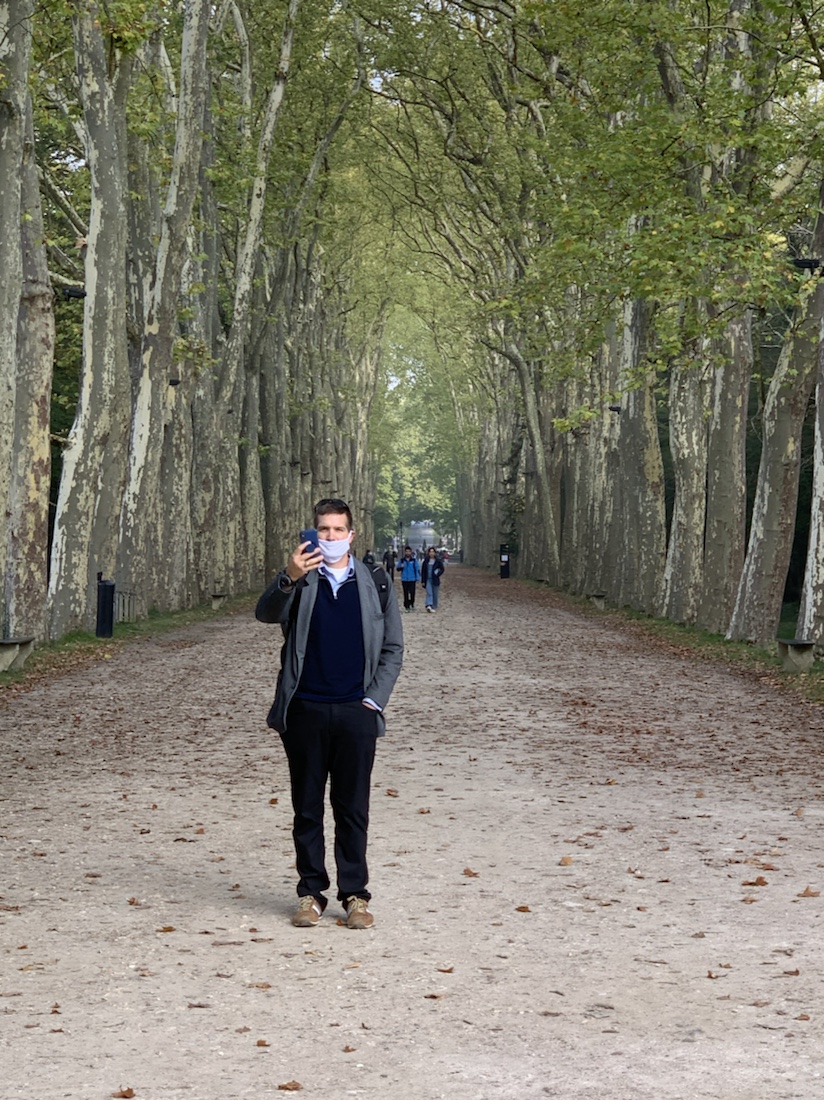
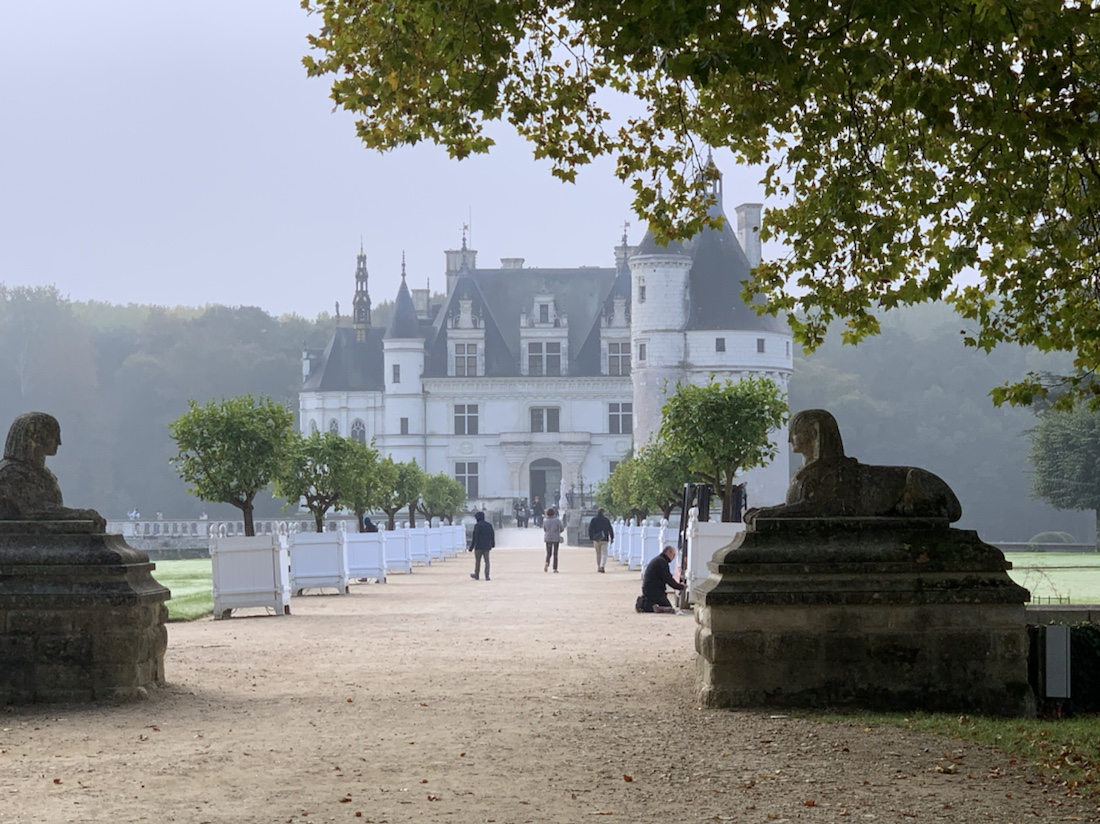
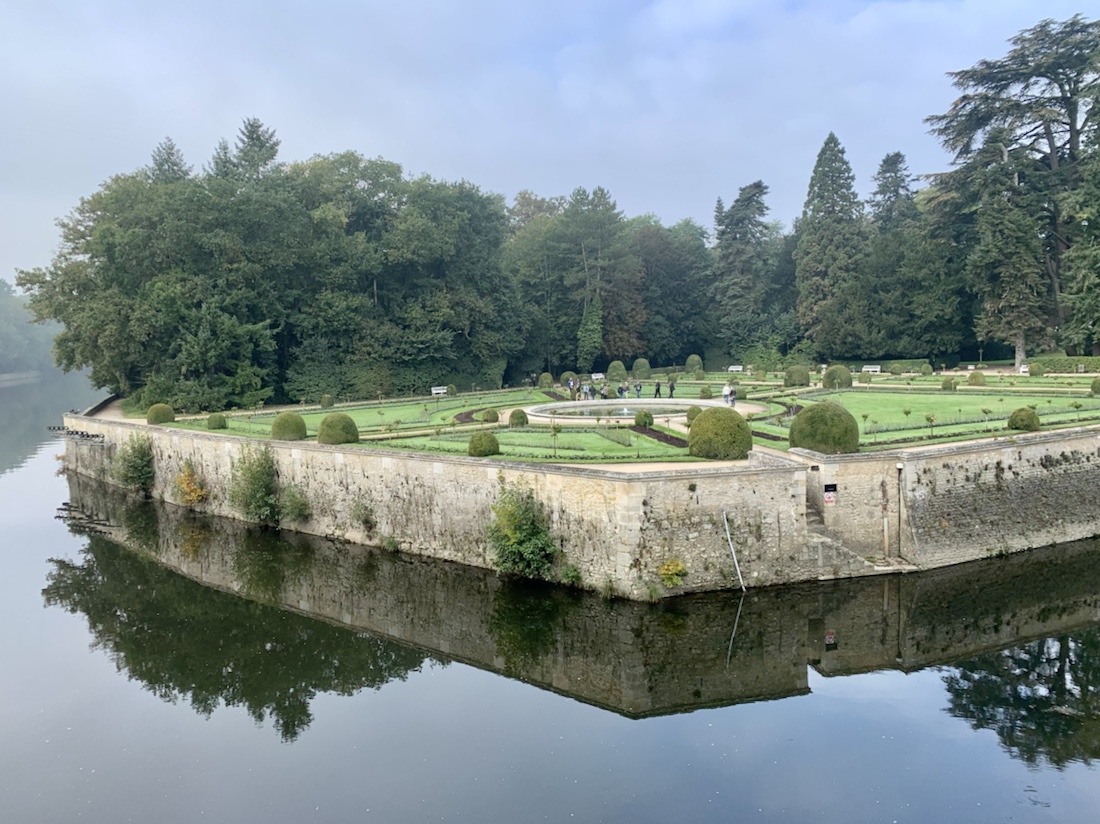
Dianne’s garden (the mistress) 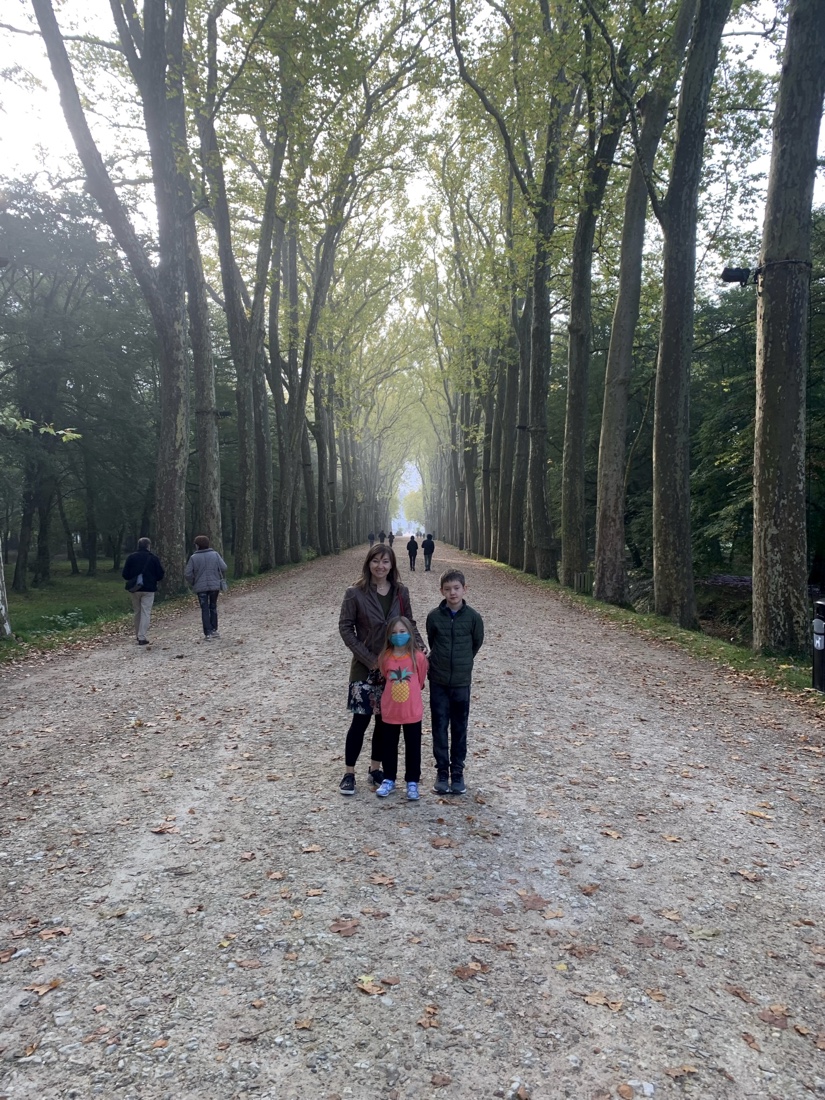
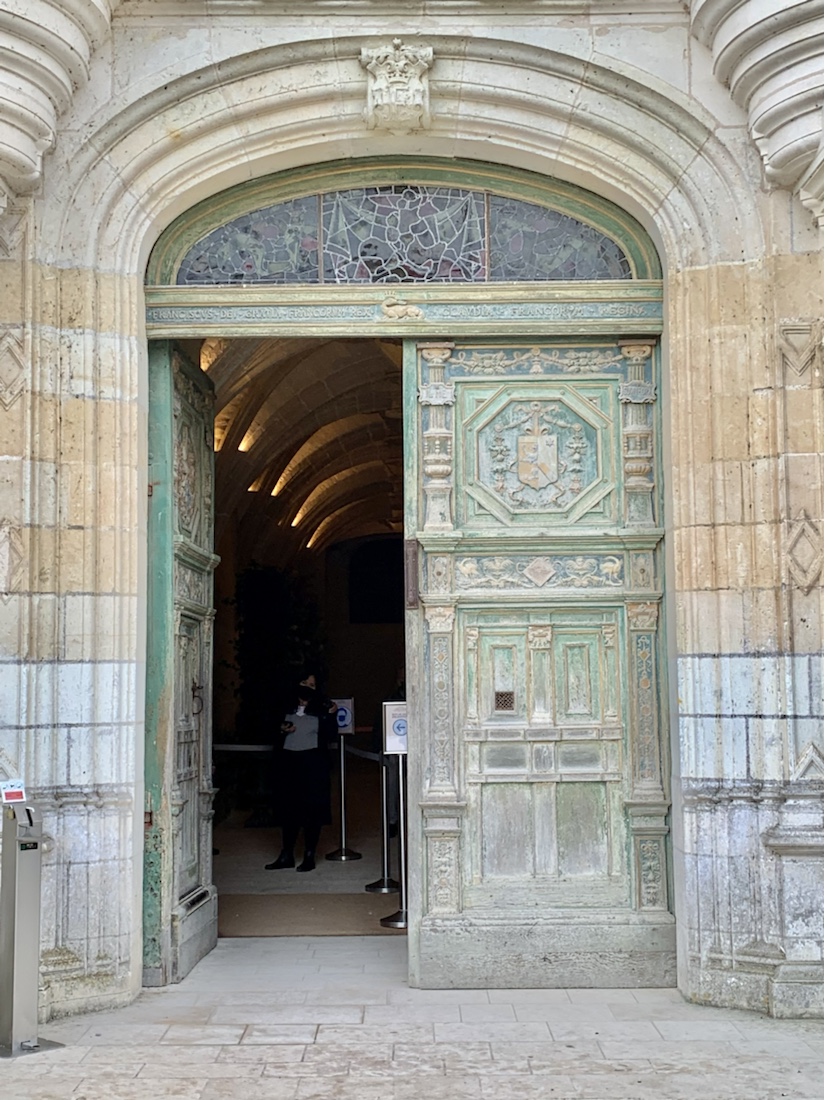
this door! 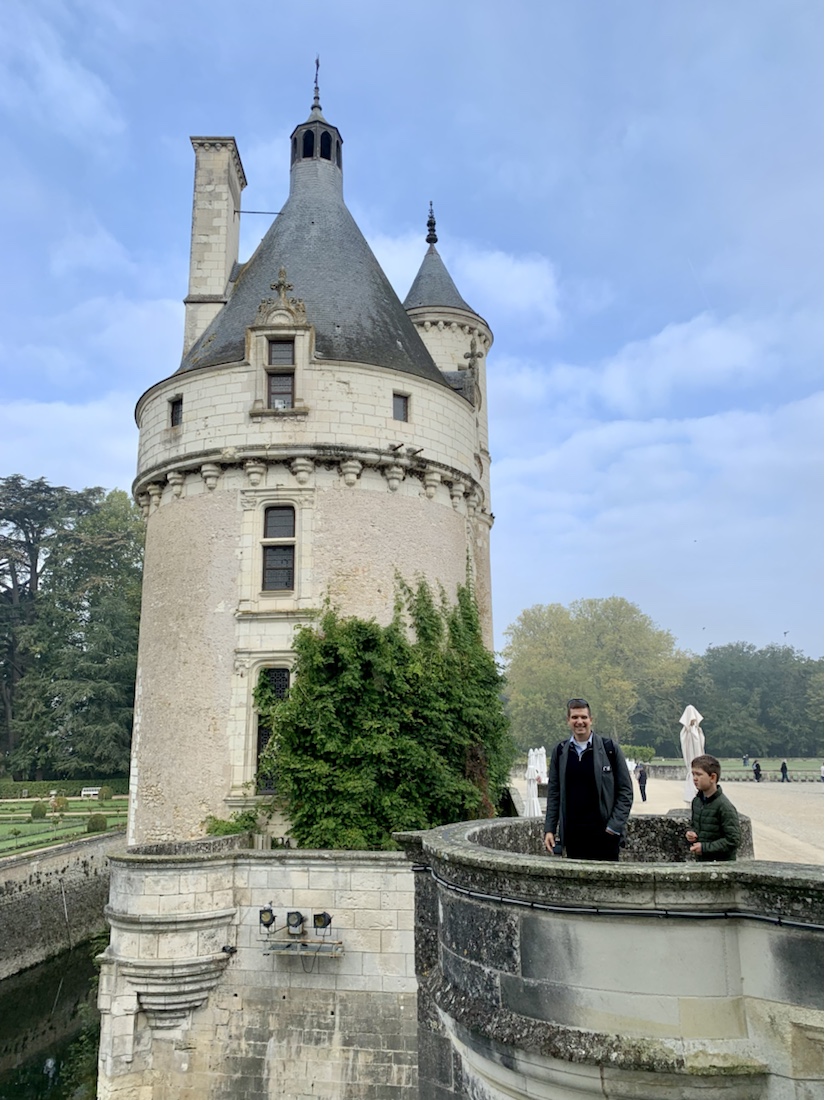
The remaining part of the medieval chateau redone in a renaissance style 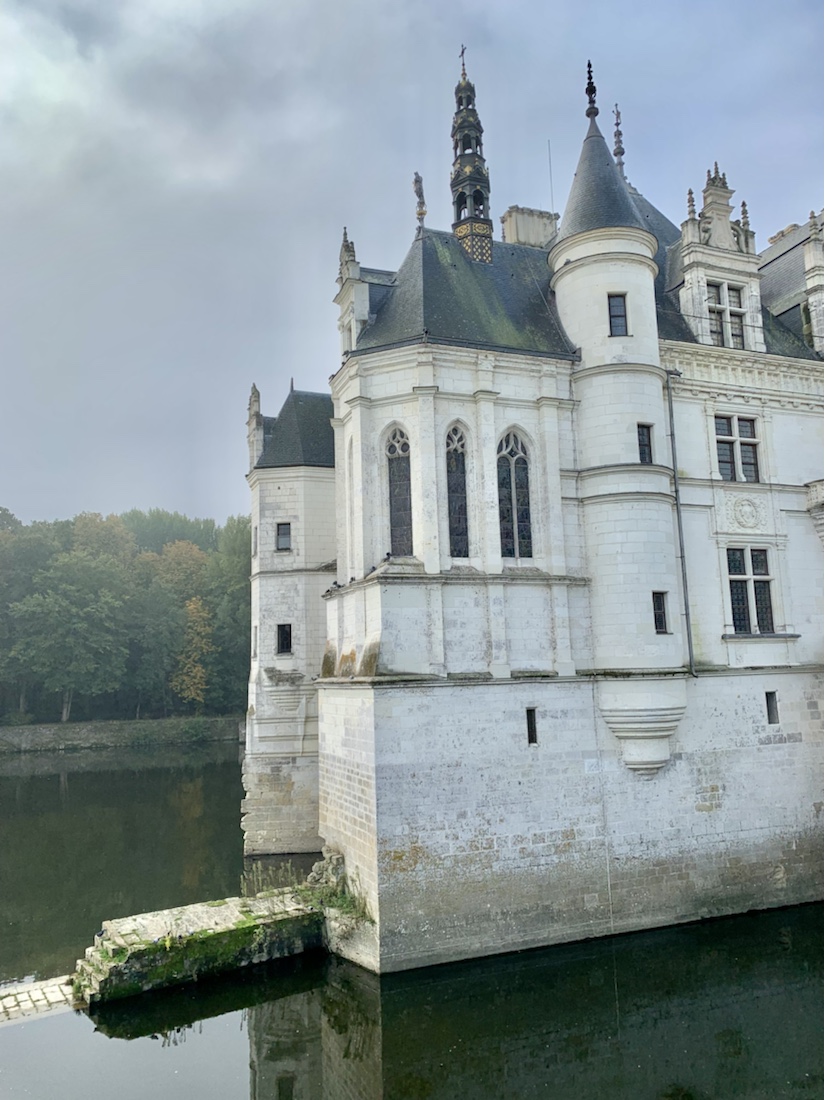
There are a bunch of reasons why the Chateau de Chenonceau was my favorite chateau of all. The first chateau here found its downfall in the politics of the Hundred Years’ War. This enchanting spot goes on to be the glory and ruin of many. It comes with royal intrigue and jealousy, great kindness and hospitality, and if that weren’t enough, it played a part for the French Resistance in the Second World War, too. Let’s get into it!
1300s — The dark forest looks less unfriendly when the leaves tip into gold. Timber, game, foraging—these woods are the lifeblood for everyone who lives at the medieval Chateau des Marques. The lord of the castle, Jean Marquese I, aligns himself with the Duke of Bourgogne and the English to fight the French king, Charles VII in the Hundred Years’ War. But in the autumn of 1411, the leaves never change color. The war is over, the English are gone, the lord is declared a traitor. The castle is burned to the ground, and the forest—the income and sustenance of the area—are cut to a man’s height, the Height of Infamy. It’s the beginning of the family’s ruin.
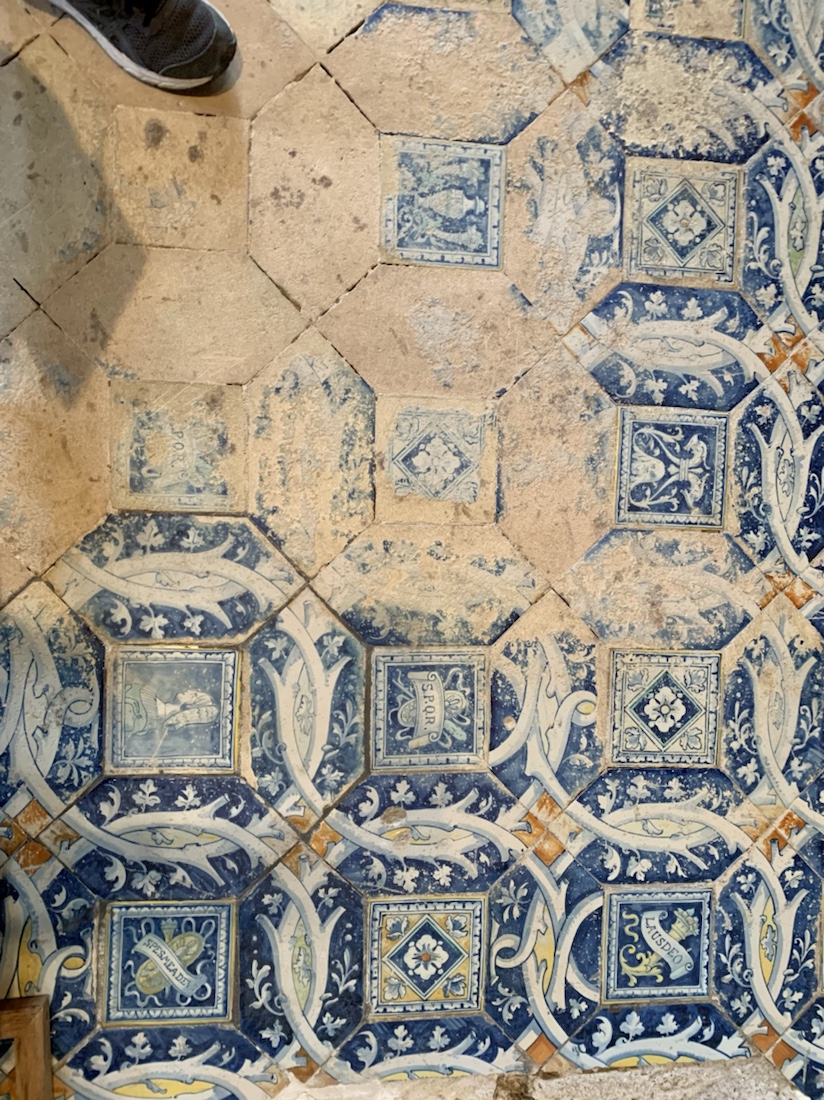
floor tiles 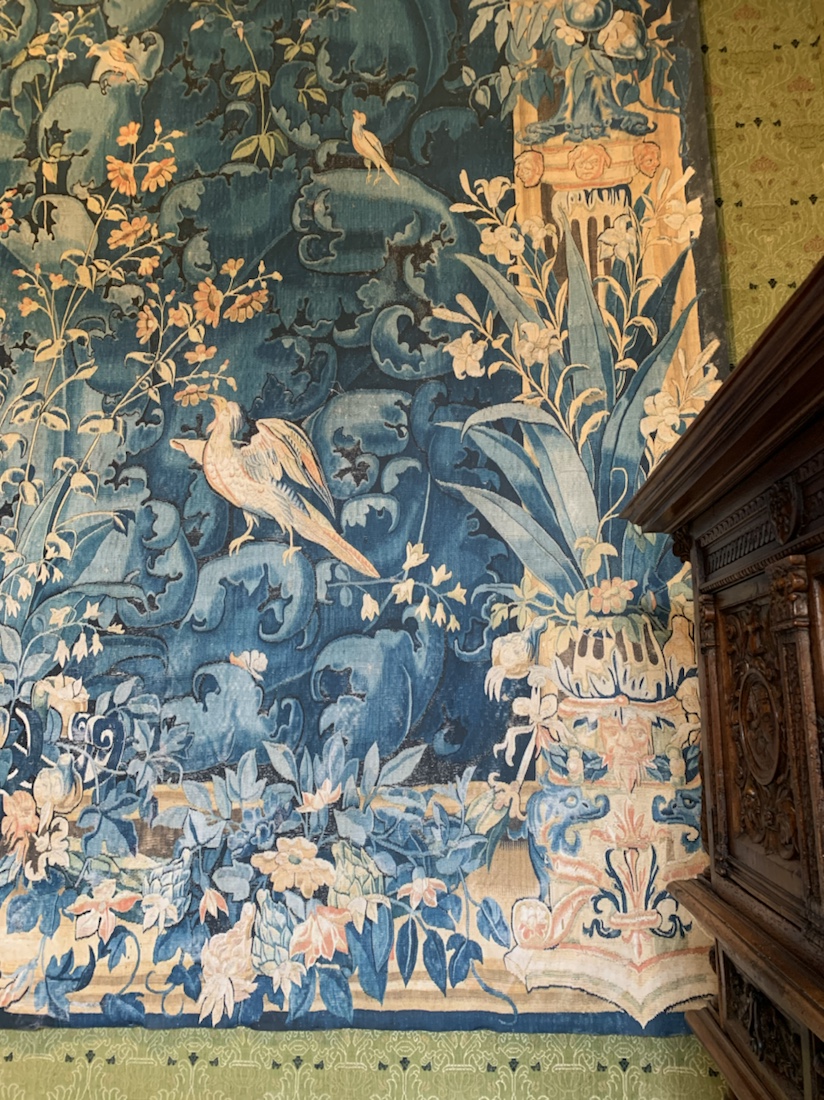
tapestry of wild things in The Green Study 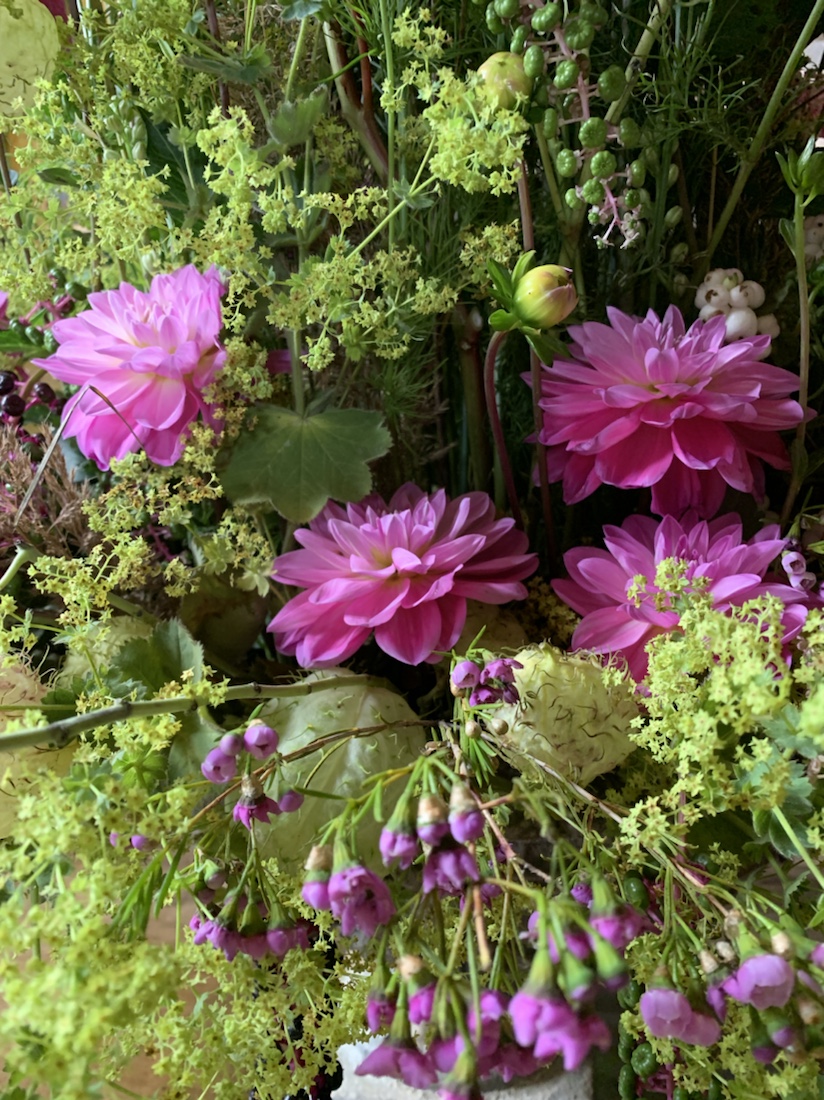
Elaborate, fresh bouquets in each room 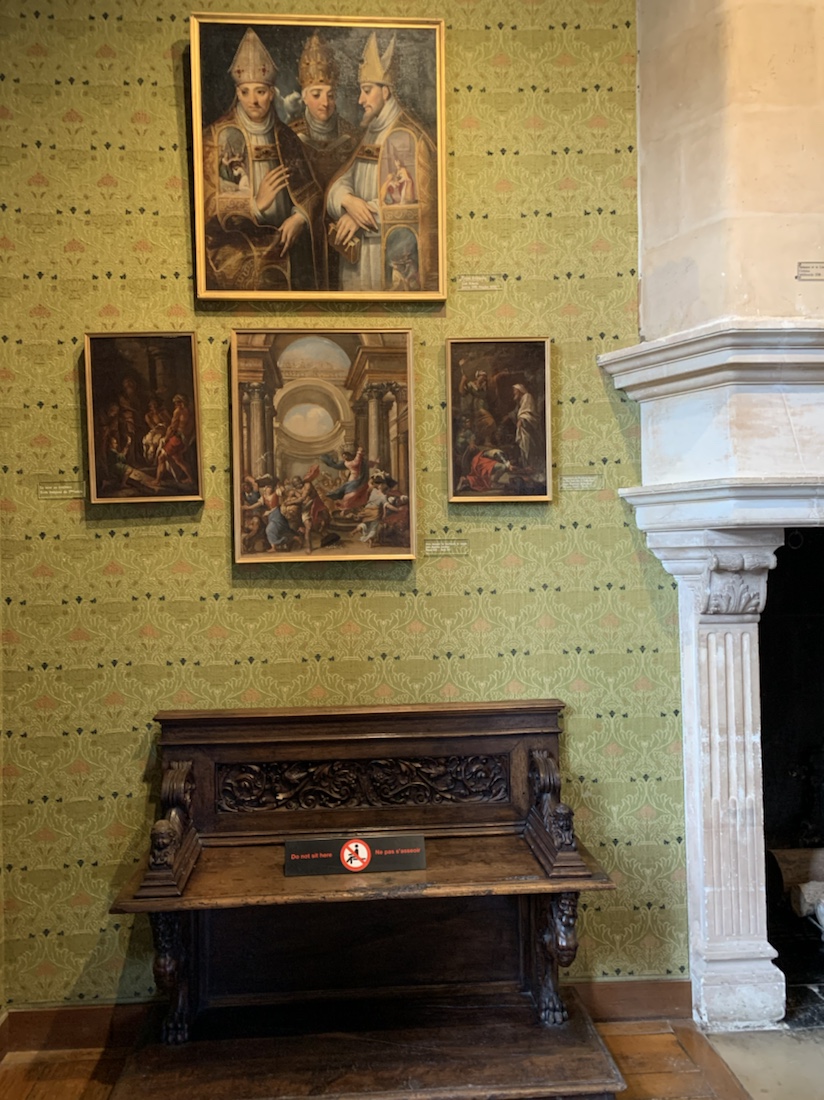
The Green Study 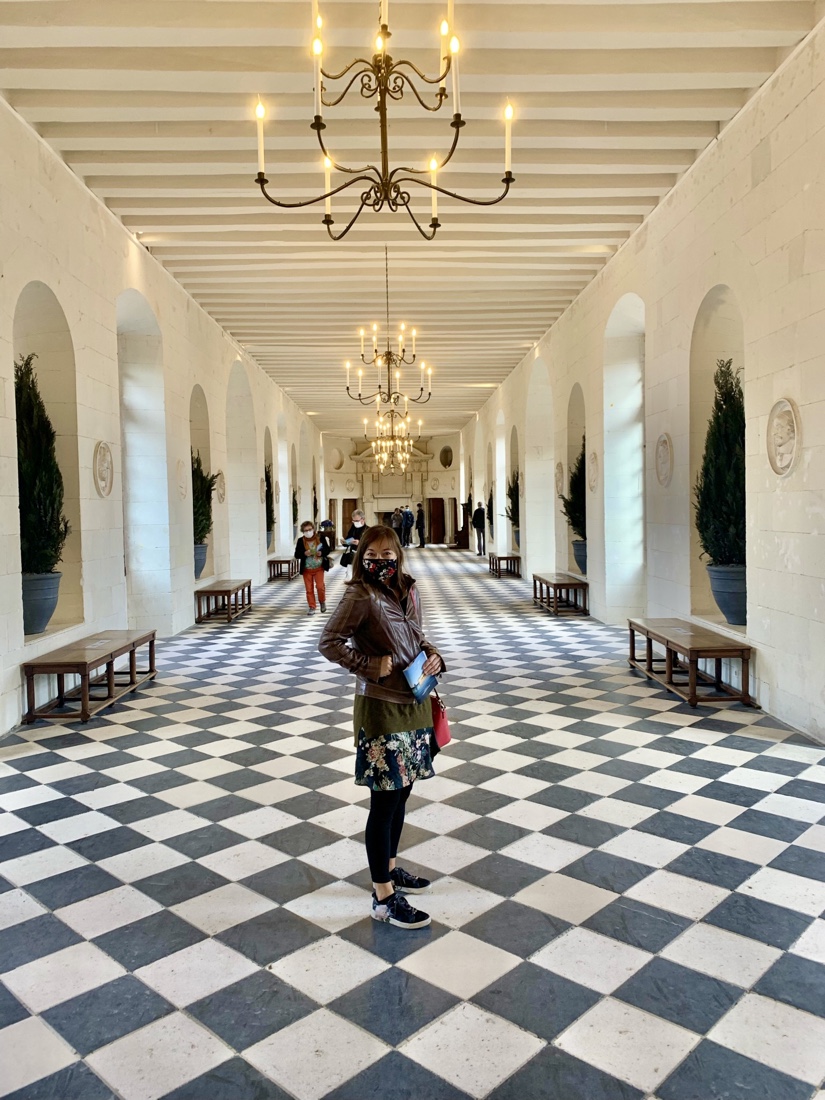
This gallery spans the river 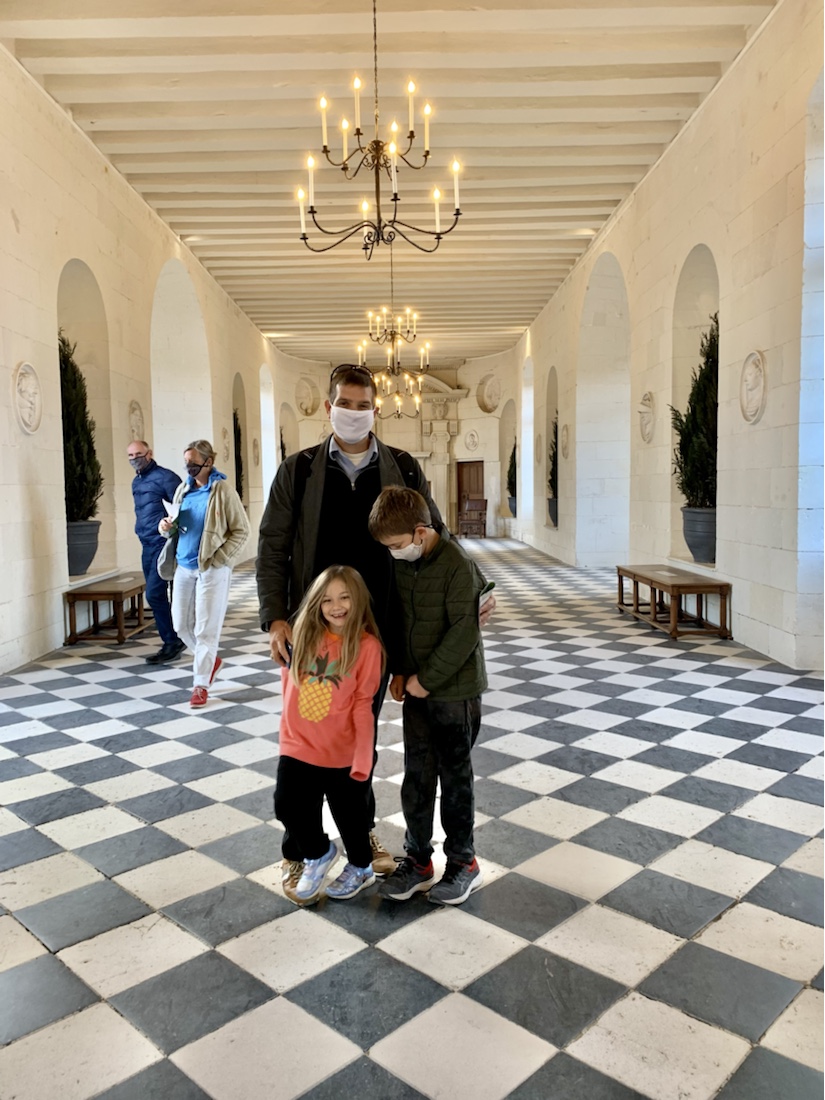
This gallery spans the river 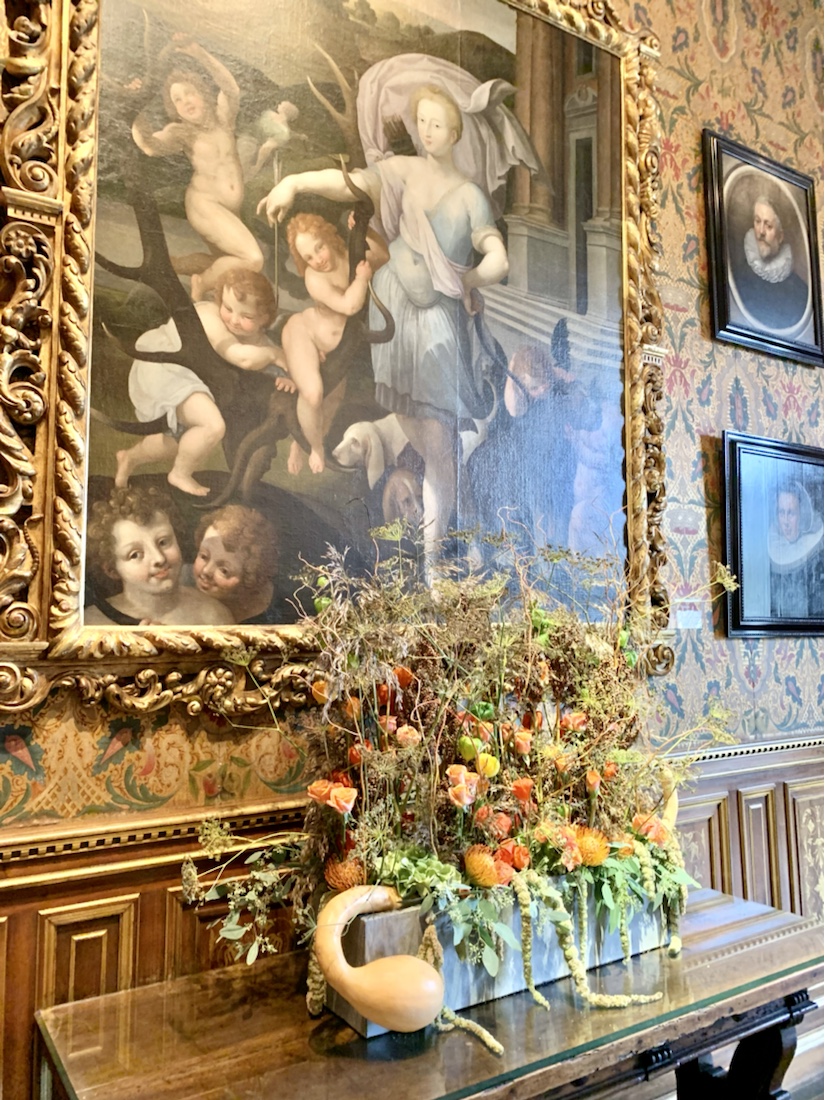
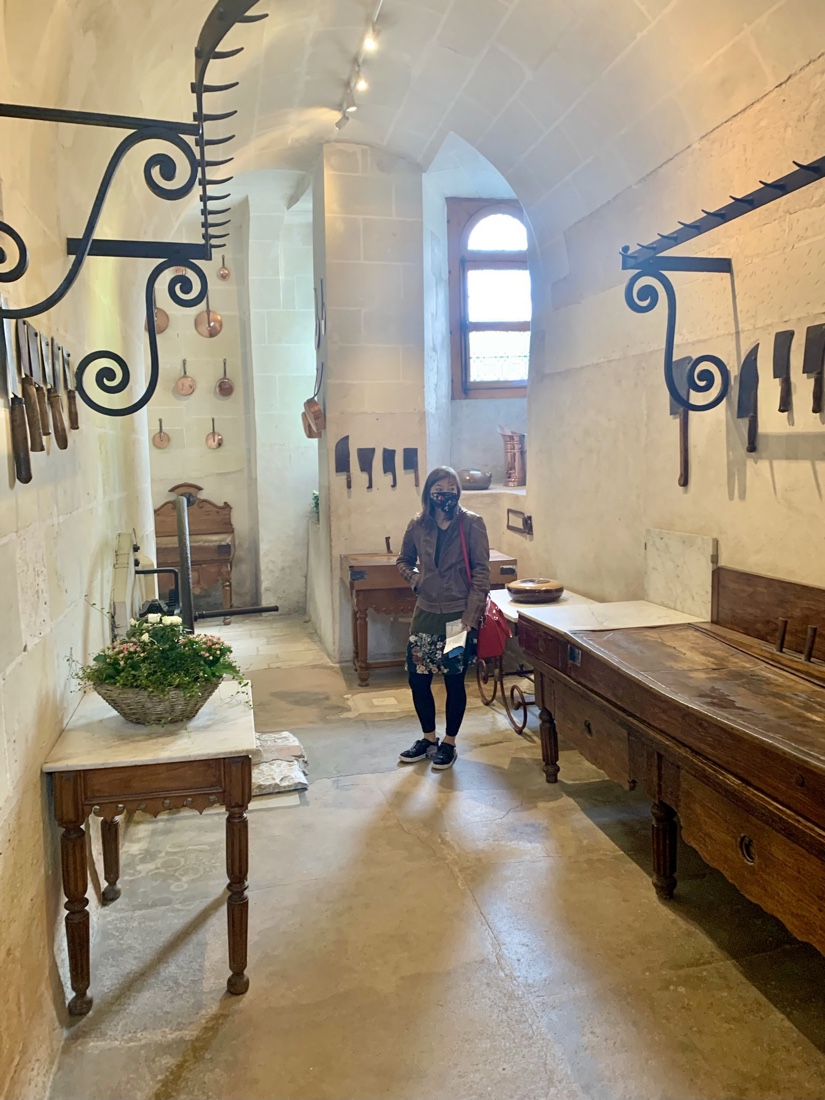
The kitchens! Swoon! 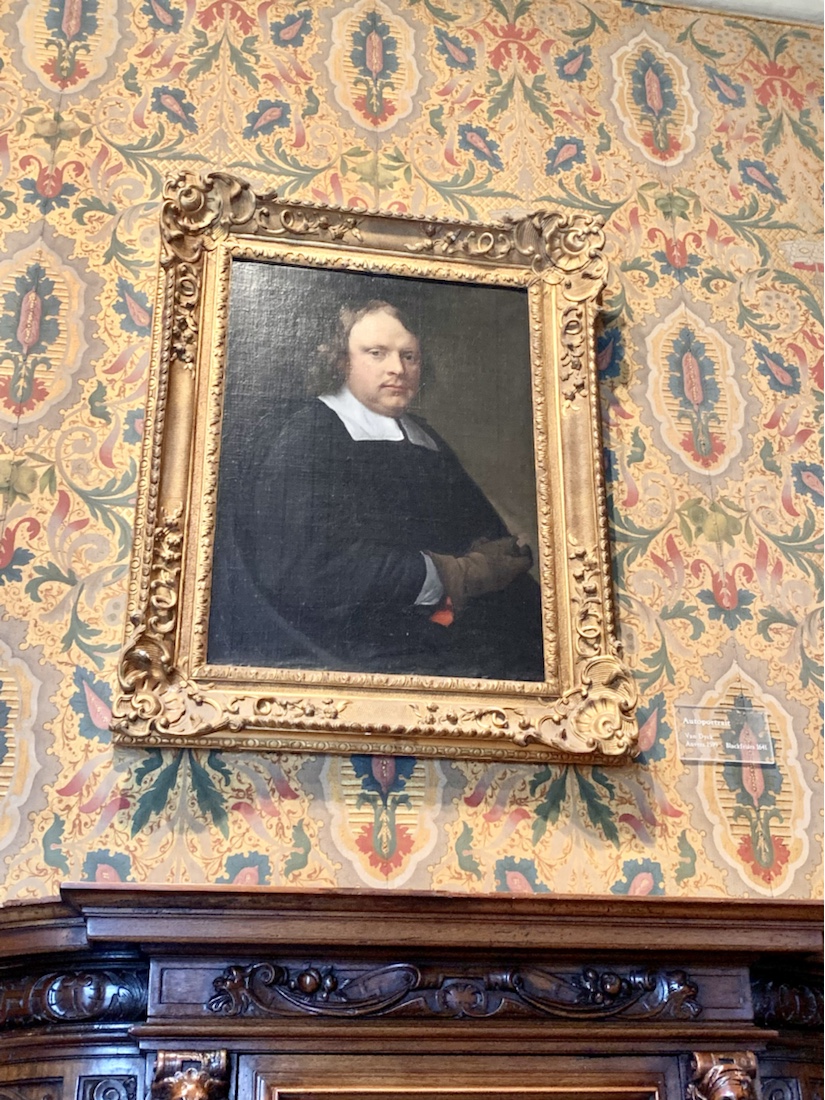
No big deal, just some Van Dyck paintings casually hanging around 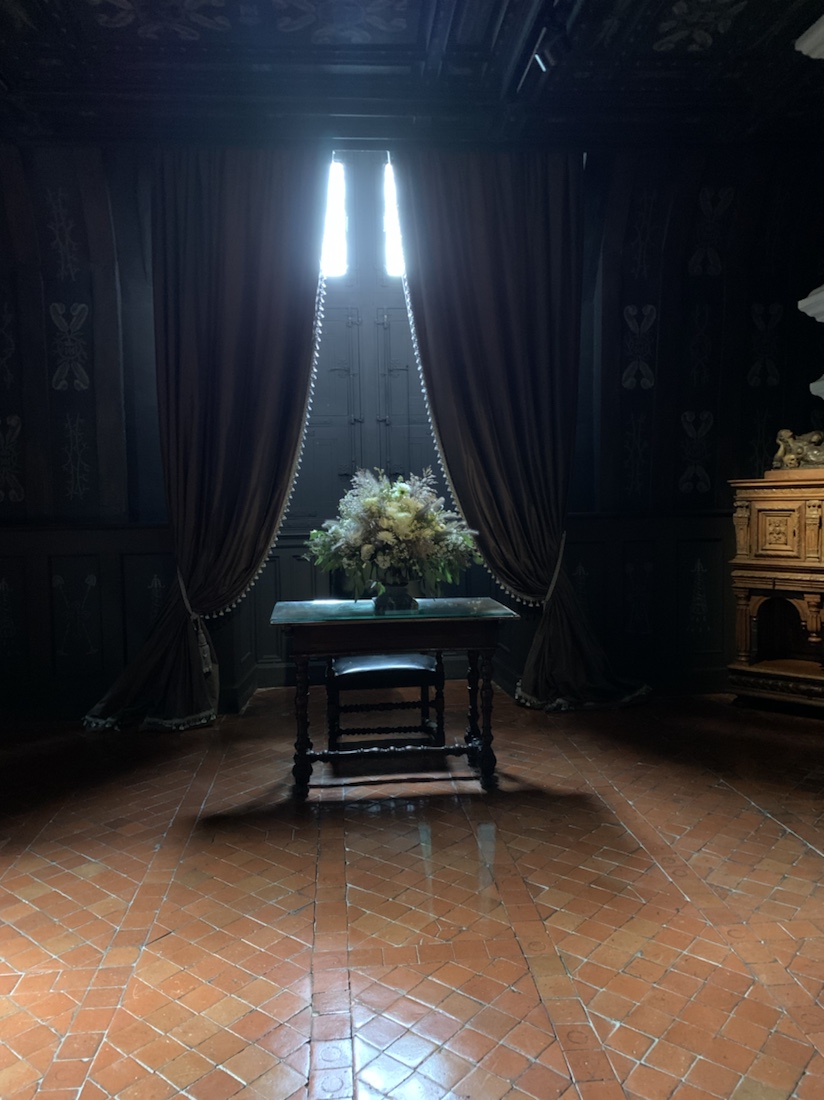
Formal mourning for life 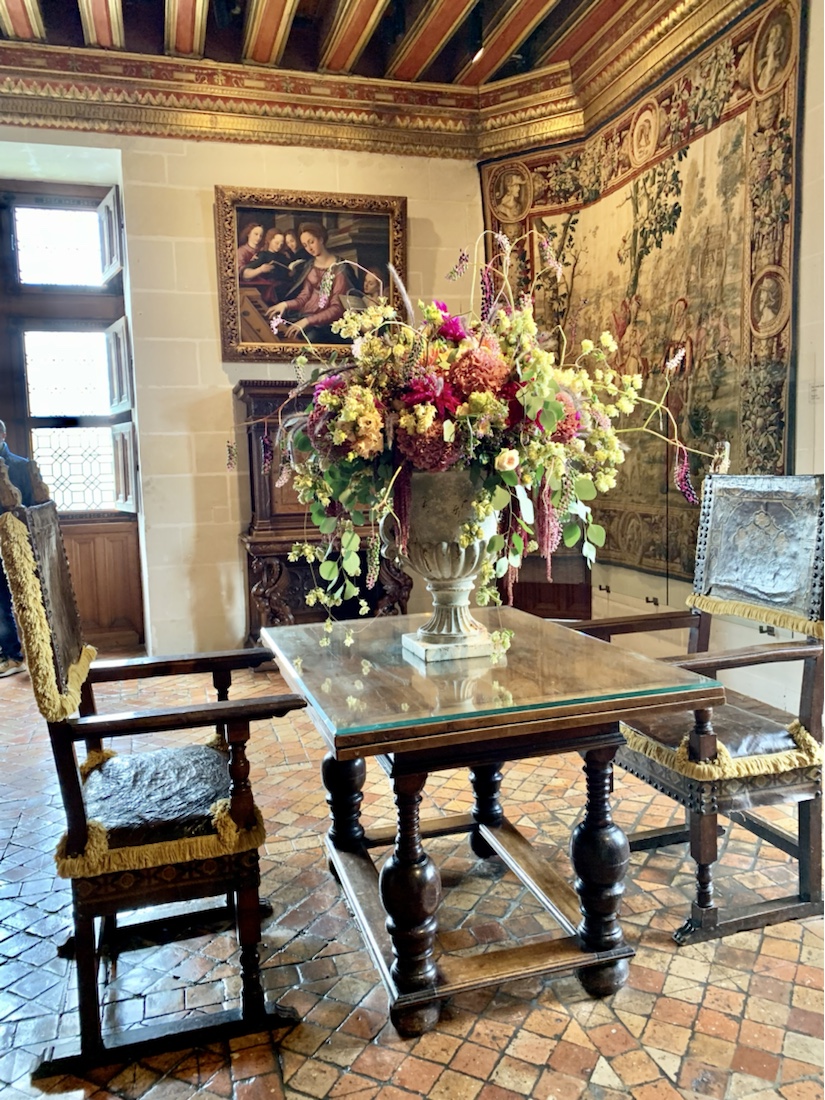
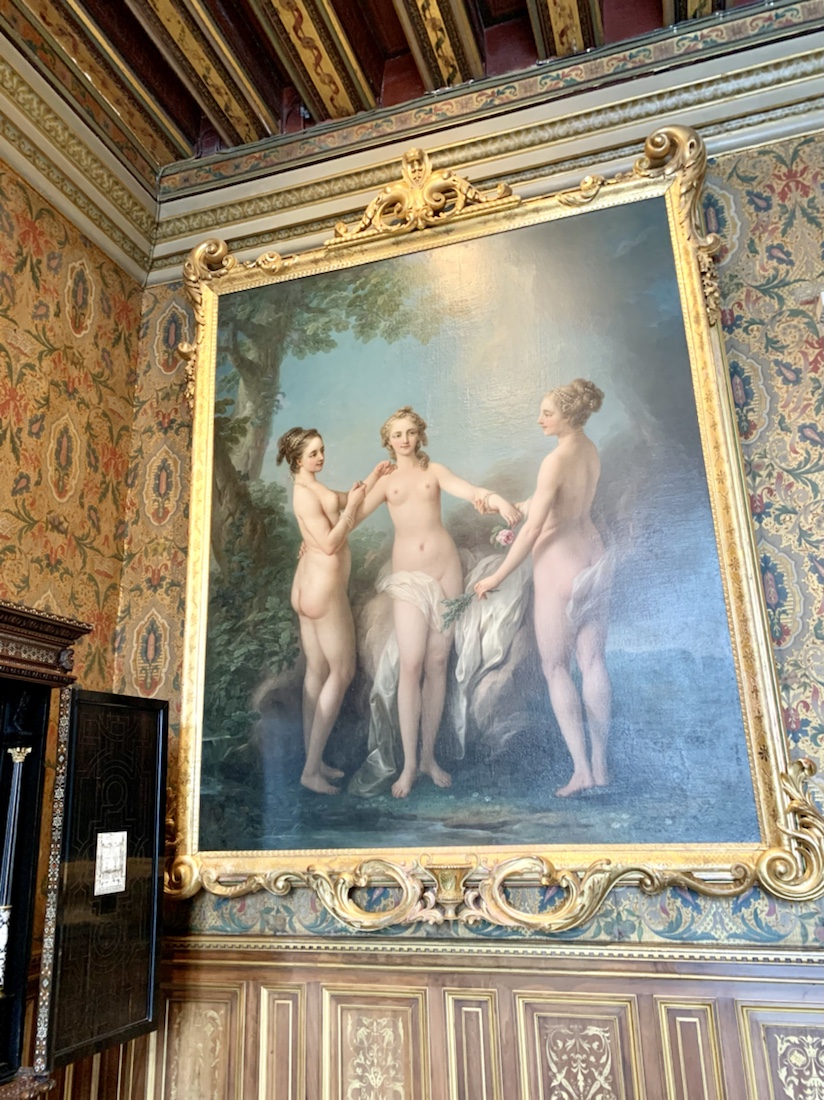
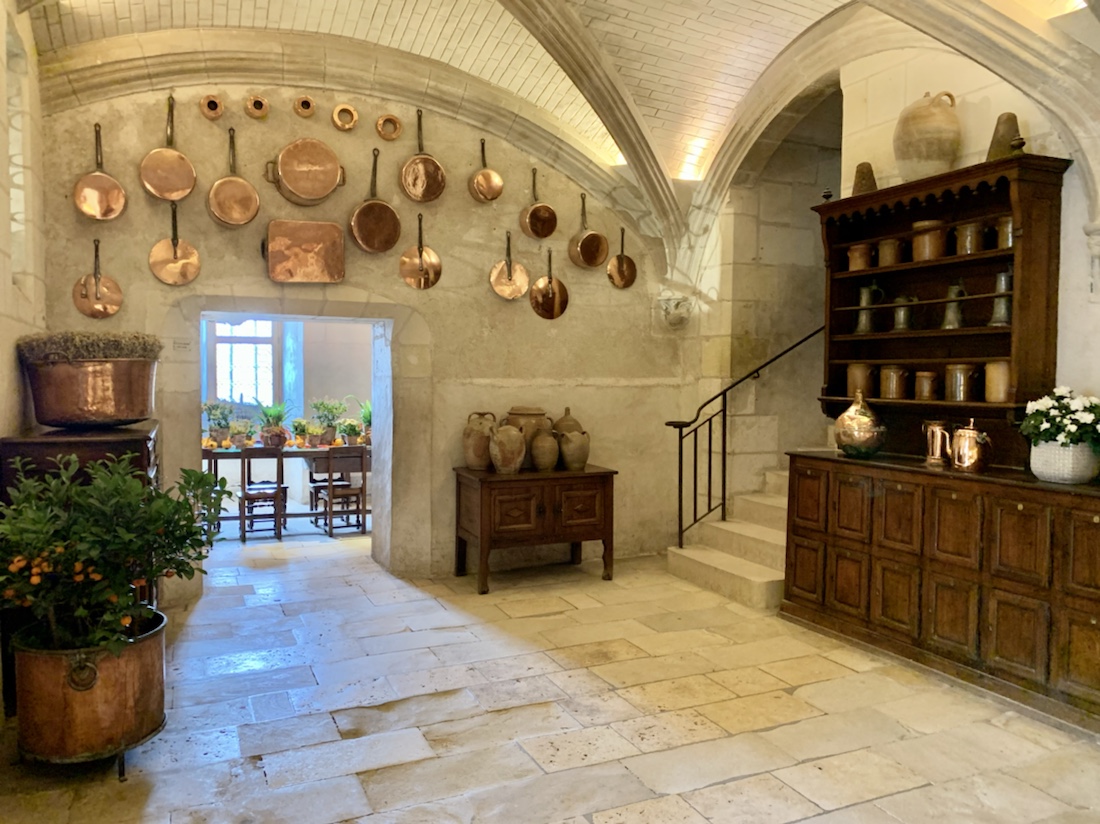
I understand why people emulate French farmhouse kitchens now. Yes PLEASE
Over the next decades, conniving Thomas Bohier pressured the Marques family to pay their debts while using “subterfuge and frontmen to acquire the land (info posted in the chateau).” His wife, Katherine, oversaw construction of the palace on the riverside foundation of an old mill. She implemented straight staircases in the Italian style instead of medieval spirals, and the chateau still bears their inscription: “S’il vient a point, me souviendra (if this project succeeds, I will be remembered).” Bohier was made a tax collector in Italy, abused his power, and had his own debts to the Crown called up in the early 1500s.
Bohier’s son, suffocating under his father’s debts, was forced to sell the chateau to Henri II, who gave all rights and ownership to his mistress, Diane de Poitiers, who finagled the transaction to make sure it was hers alone, not part of the greater Crown holdings. She built the arching bridge over River Cher for parties. Diane is an interesting character. She married young to the Grand Seneschal of Normandy. She was widely famous for her beauty, and at the age of 27 she met the future king for the first time. He was seven. SEVEN. Diane was in the cortege accompanying Henri II and his brother to Spain, where they were to be hostages in place of their father, King Francoise Premier. Henri was naturally in distress, and to comfort him, Diane gave him a kiss.
“This strange passion for a woman twenty years older was the only folly of this cautious, serious prince,” said an info plaque in the chateau. As soon as he became king, he gave Diane—now a widow—the crown jewels and made her a duchess. What! “However passionately Henri loved her, Diane loved herself even more,” says the same plaque. Ha ha! Apparently she took cold baths in the river to preserve her perfect beauty. She also expanded the grounds, tripled its yield, and cultivated silk worms for the newly fashionable fabric. She even hosted the actual queen, young Catherine de Medicis. “I have vanquished the victor of all,” was her somewhat odd motto.
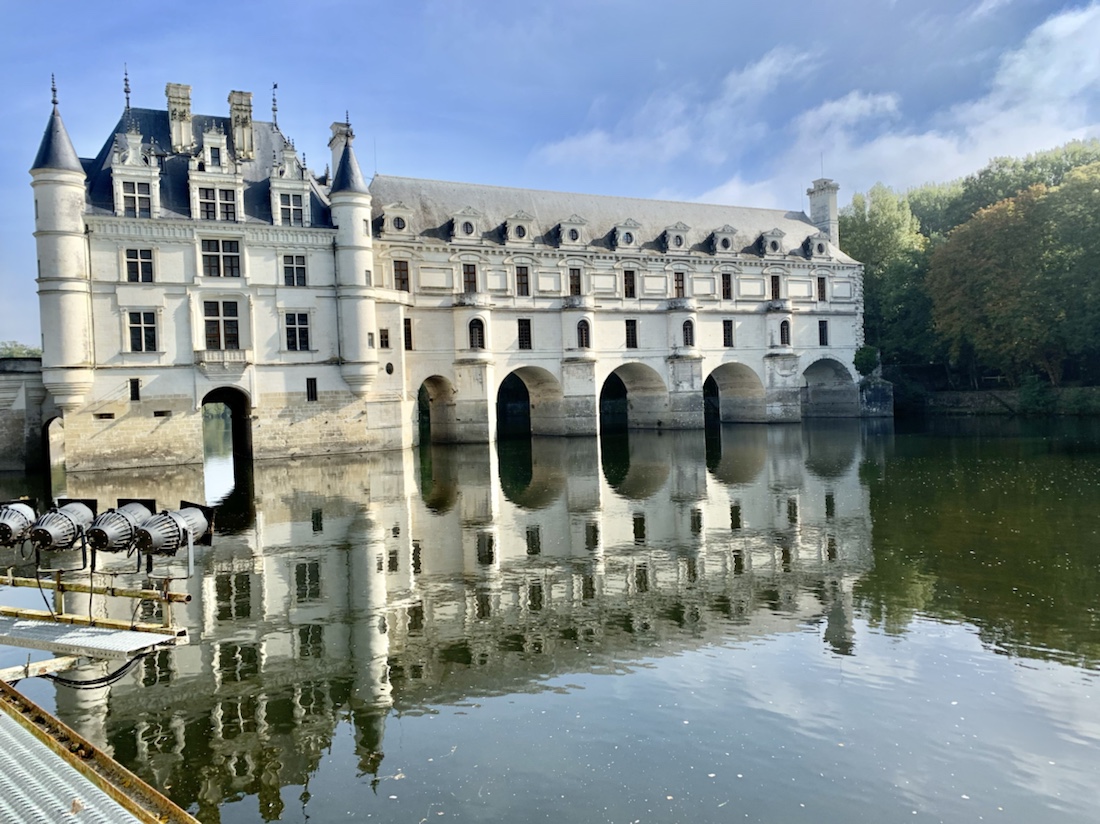
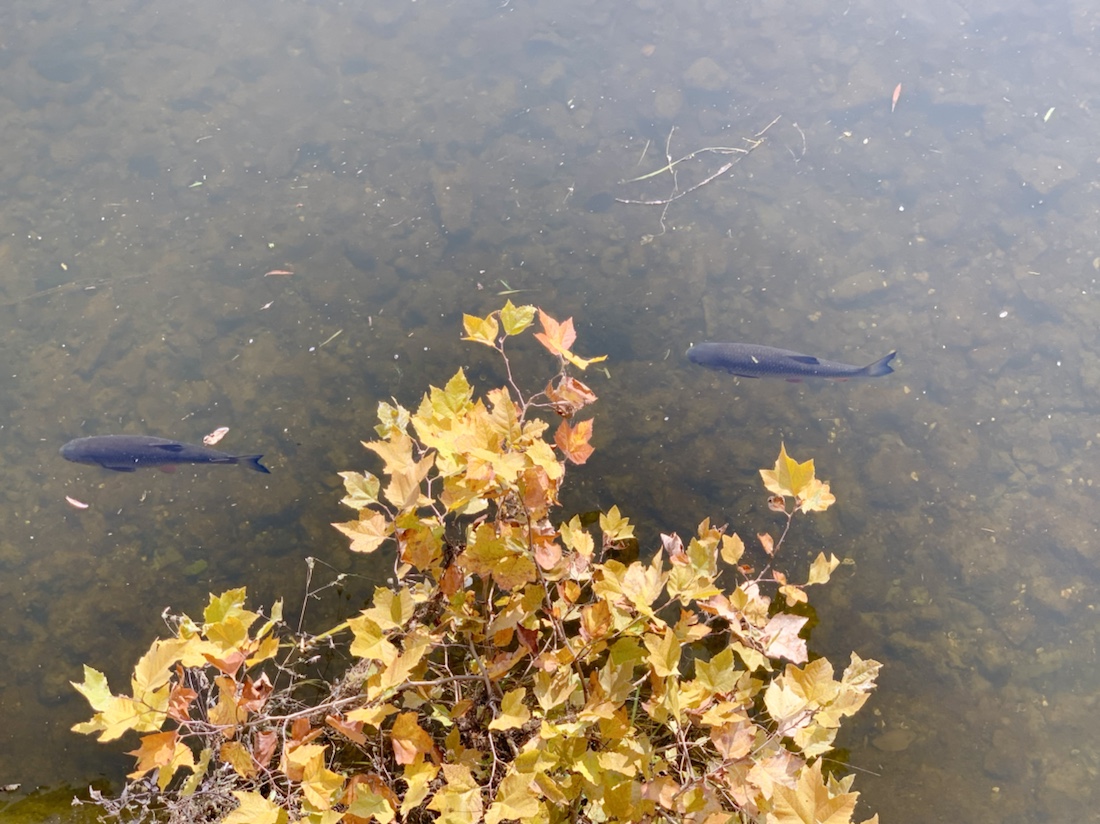
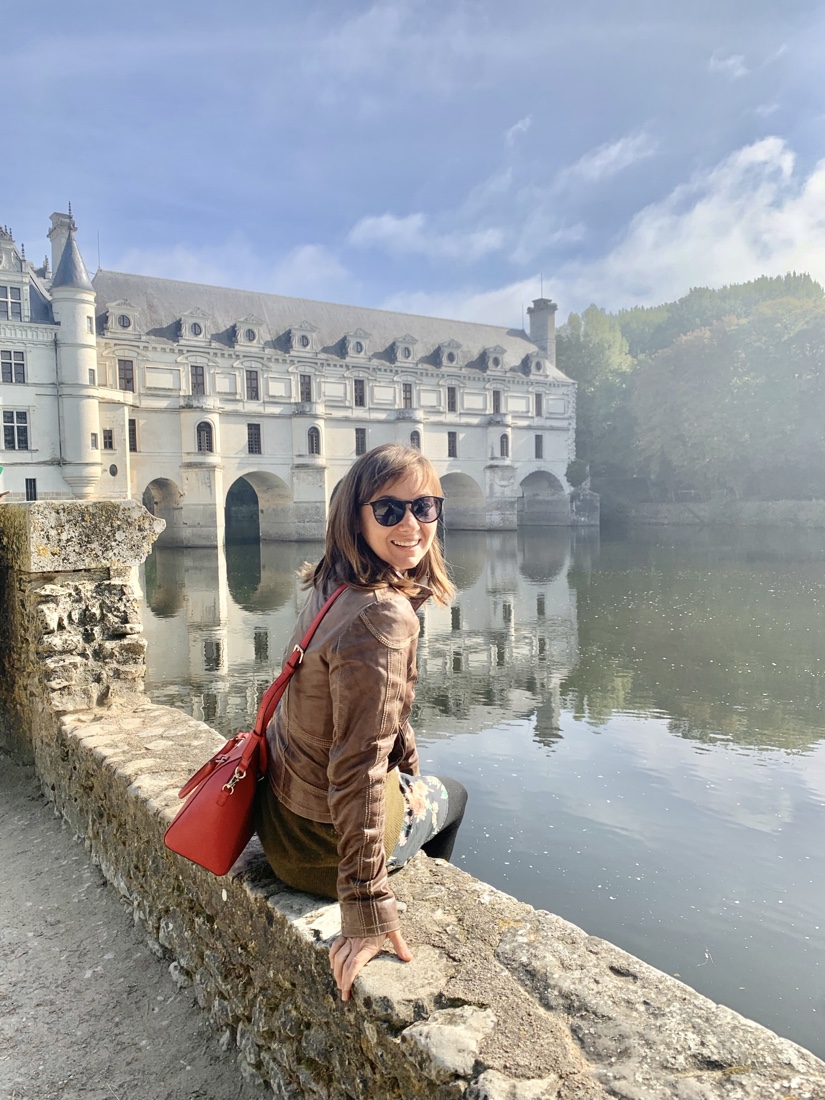
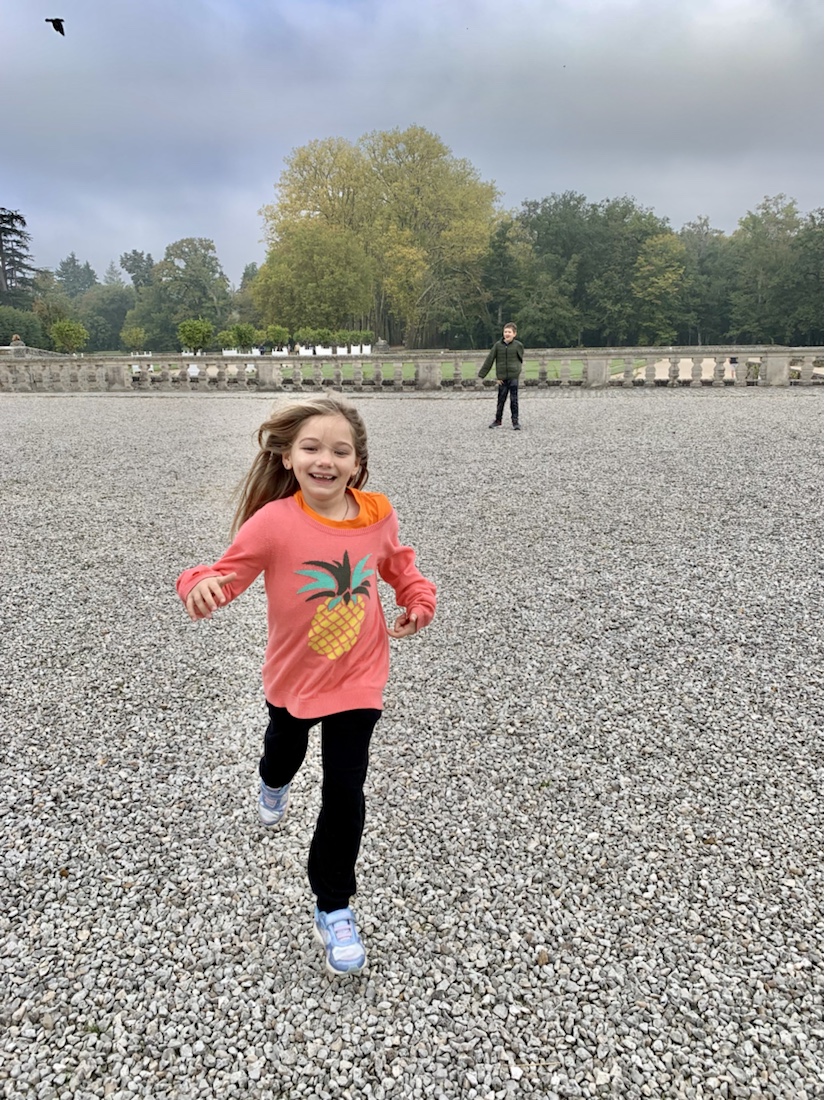
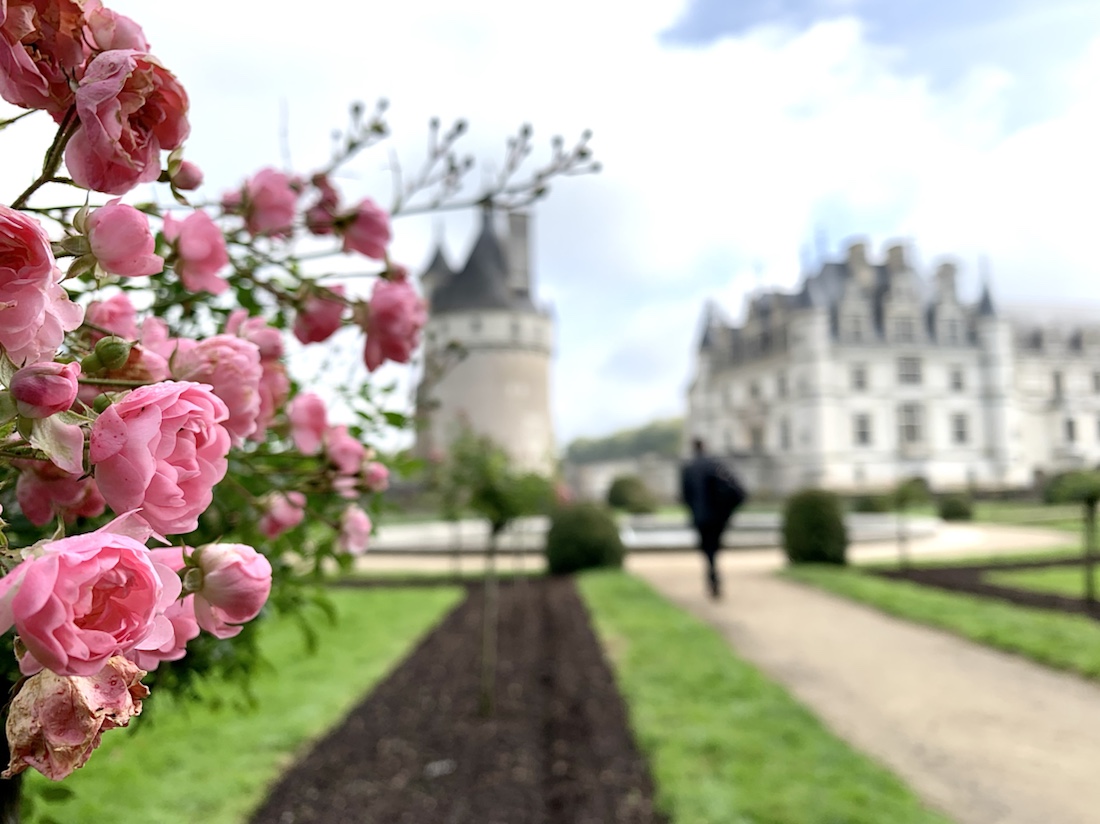
Beauty and the Beast vibes 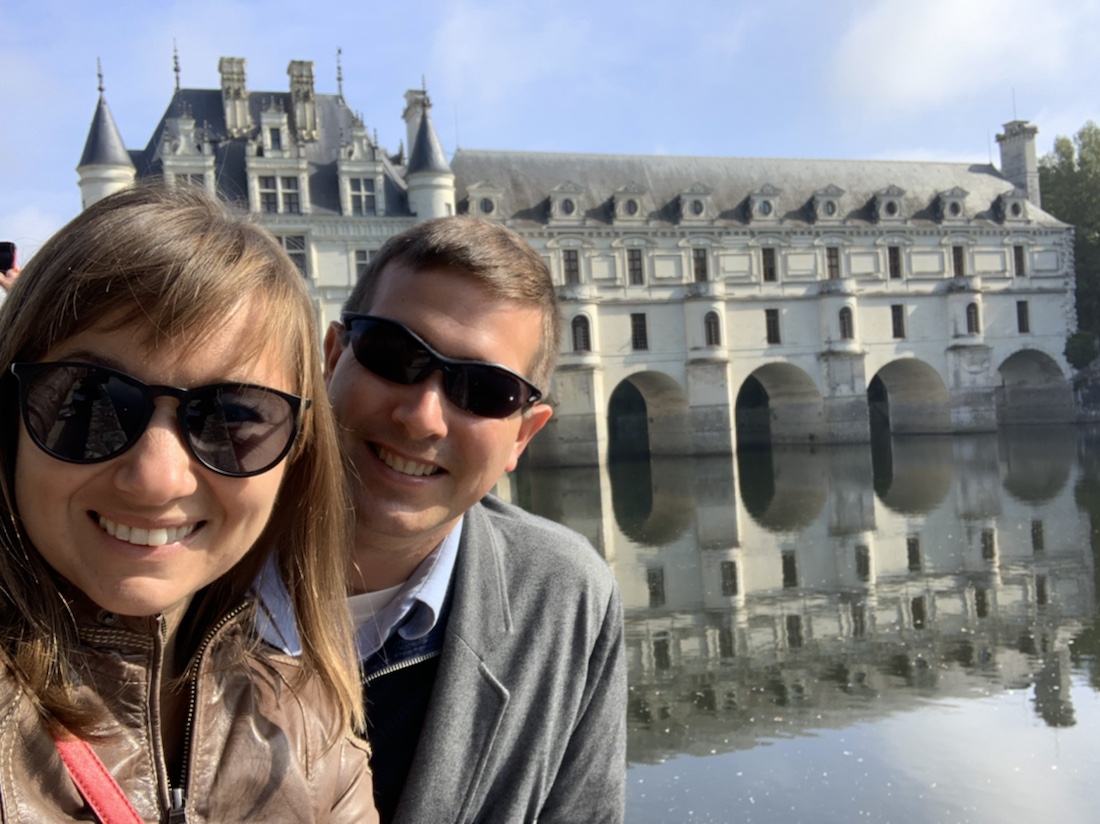
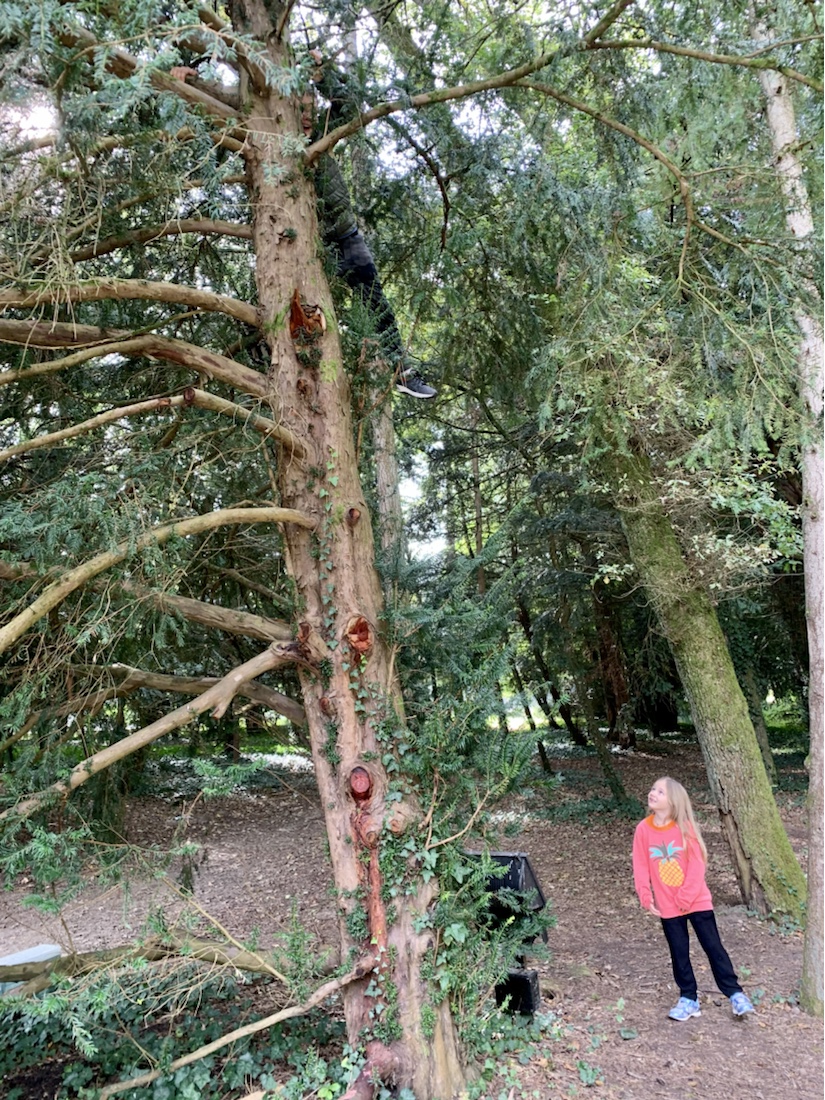
Isaac is winning a game of hide and seek 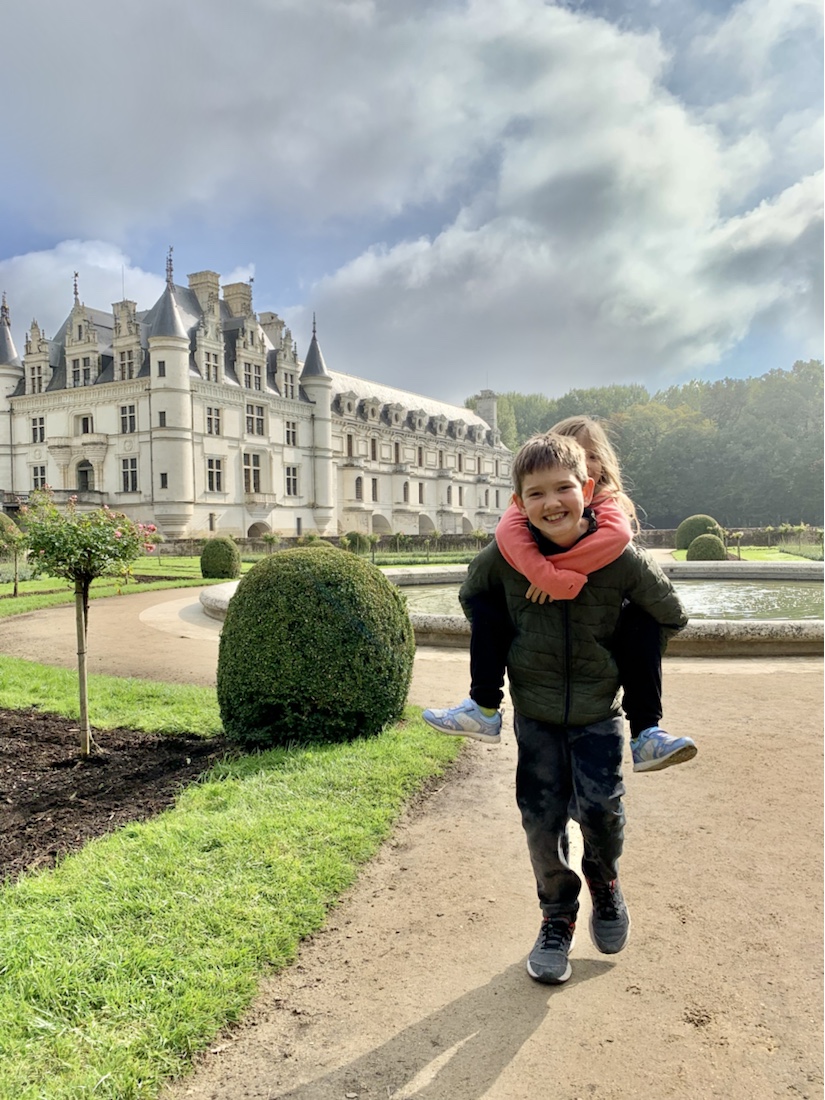
The Mistress laid out this garden 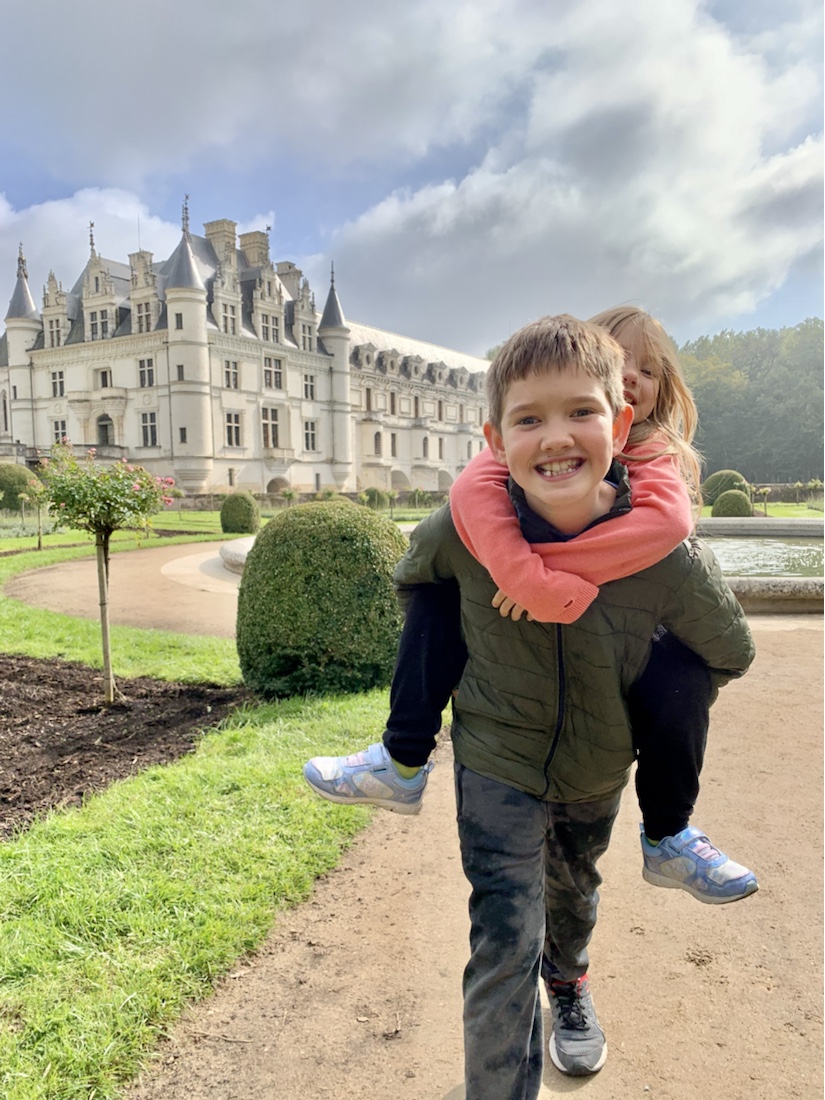
There were so many beautiful places to run around and explore! 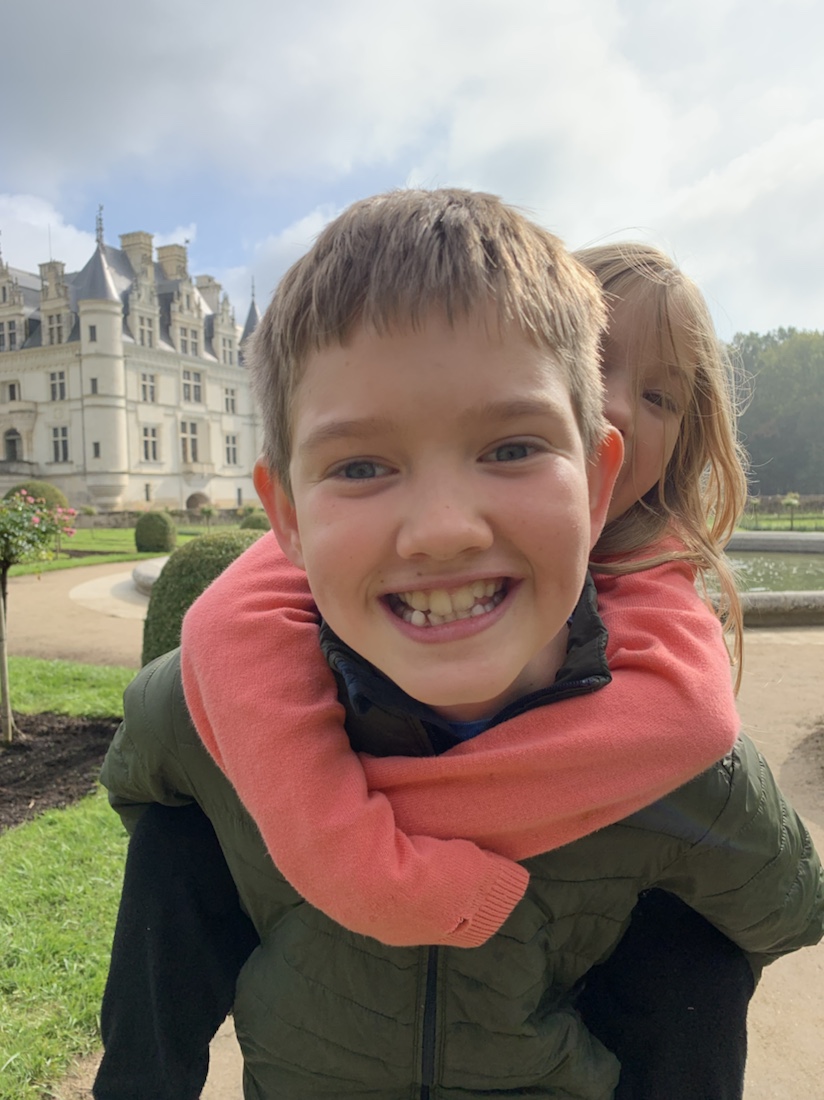
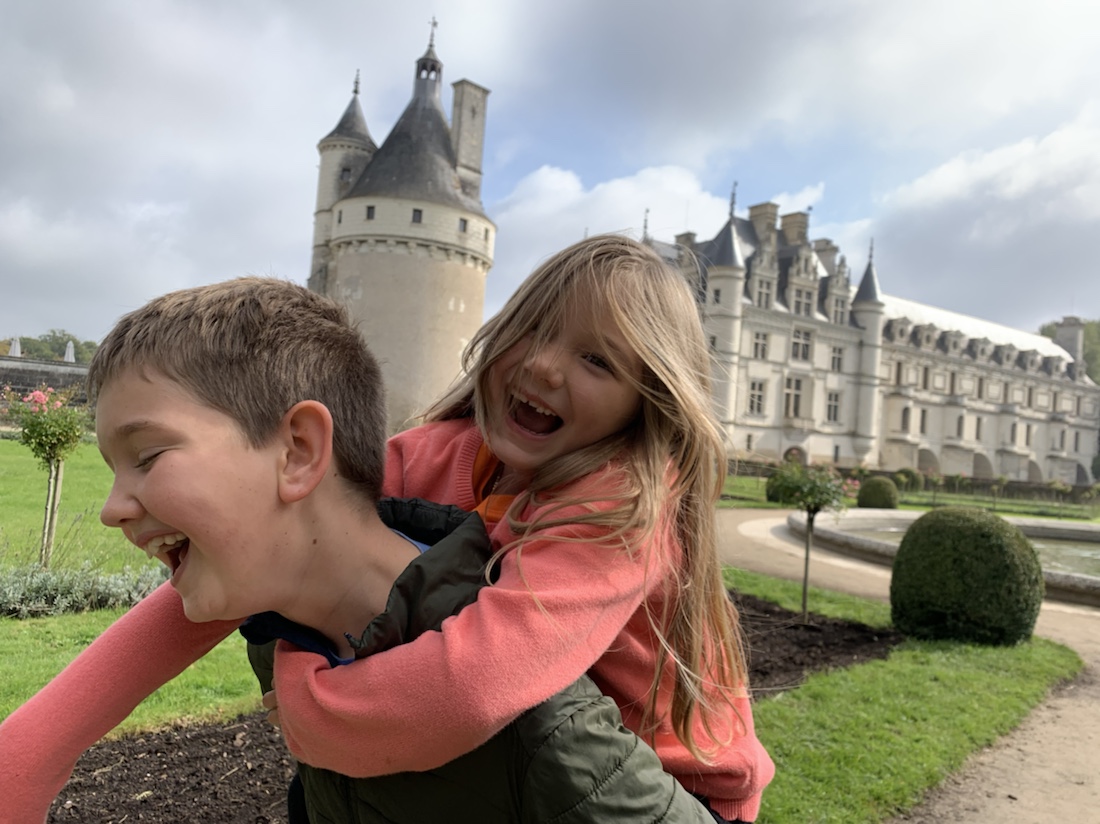
I’m so thankful for them
All was well for Diane until Henry II died from an eye infection he got from a jousting splinter in 1559. His jealous widow, Catherine, pushed the much adored older mistress aside, offering Diane a more valuable property in order to secure Chenonceau for herself. Catherine ruled the country from her Green Study while her son, the young king, frolicked in the lovely gardens planted by the Other Woman (one of the other women anyway…seems like there were a lot). This was their safe haven after the Amboise Conspiracy (which happened at Eloise’s favorite chateau). Catherine covered the bridge with two floors of rooms for the royal entourage and dignitaries. Produce was brought up the river by boat and efficiently raised directly into the kitchen, which spans one of the arches below the grand ballroom. Catherine hosted such lavish parties with fireworks, young ladies dressed as classical goddesses, serenades and ballets, that she had to apply to Italian bankers to fund it. Her motto referred to her husband: “He was the cause of my agony.”
Before the end of the century, Louise de Lorraine had inherited the chateau from Catherine, who was scandalized that her son insisted on marrying a pious girl who continued serving the poor after her marriage. Tragically, her husband, Henri III, was fatally stabbed by a religious fanatic; there was a lot of back-and-forth between Protestant and Catholic rulers at this time. The dying king sent his wife a letter: “Pray to God for me and do not leave this place.” So she didn’t. She kept the chateau in formal mourning for the rest of her life. Her bedroom walls are black painted with silver tears, funeral shovels, thorns, crosses, and Christ crying. Louise gave the chateau to Cesar de Vendome as a wedding gift and somehow that tied into the Edict of Nantes, but I’m over my head with obscure French history and I don’t remember what that was about.
The years passed and the chateau was handed down as an inheritance, sold and bought. In 1733, we see it rise again under a new Louise and the spirit of the enlightenment. Louise Dupin hired as her secretary Jean-Jacques Rousseau, telling him she surrounded herself with “all the writers, academicians and beautiful women.” The philosopher dreamed of an impossible relationship with Louise during their five years of work on a book of evidence proving the natural equality between women and men. They researched medicine, history, politics, anthropology, law, religion, etc., even borrowing from the king’s library. “The spirit ponders and the heart concludes,” she wrote at age 20. She made a case for the chateau never having been owned by the crown and burned royal symbols, which helped save it at the turn of the century.
During the French Revolution, many chateaus were sacked and burned by starving villagers, but Chenonceau survived because the family was known for its kindness and fairness to the people who worked there. It passed hands several times in the next century (the future queen of Holland got married there), and in World War I, Gaston Menier installed running water and electricity and turned it into a hospital and surgical facility. He paid all expenses for the hospital here and at his chocolate factory, which he also turned into a hospital. Thousands of soldiers were treated in the gallery, where they liked to feed the fish in the river from their beds.
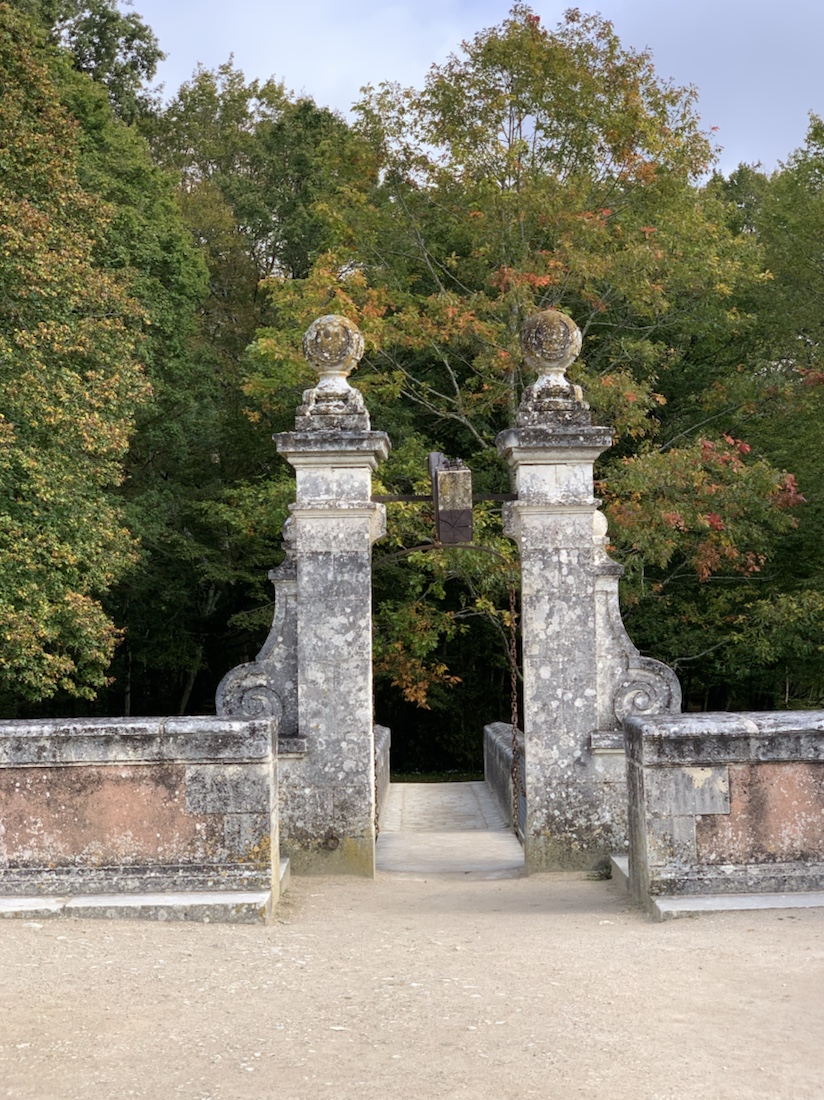
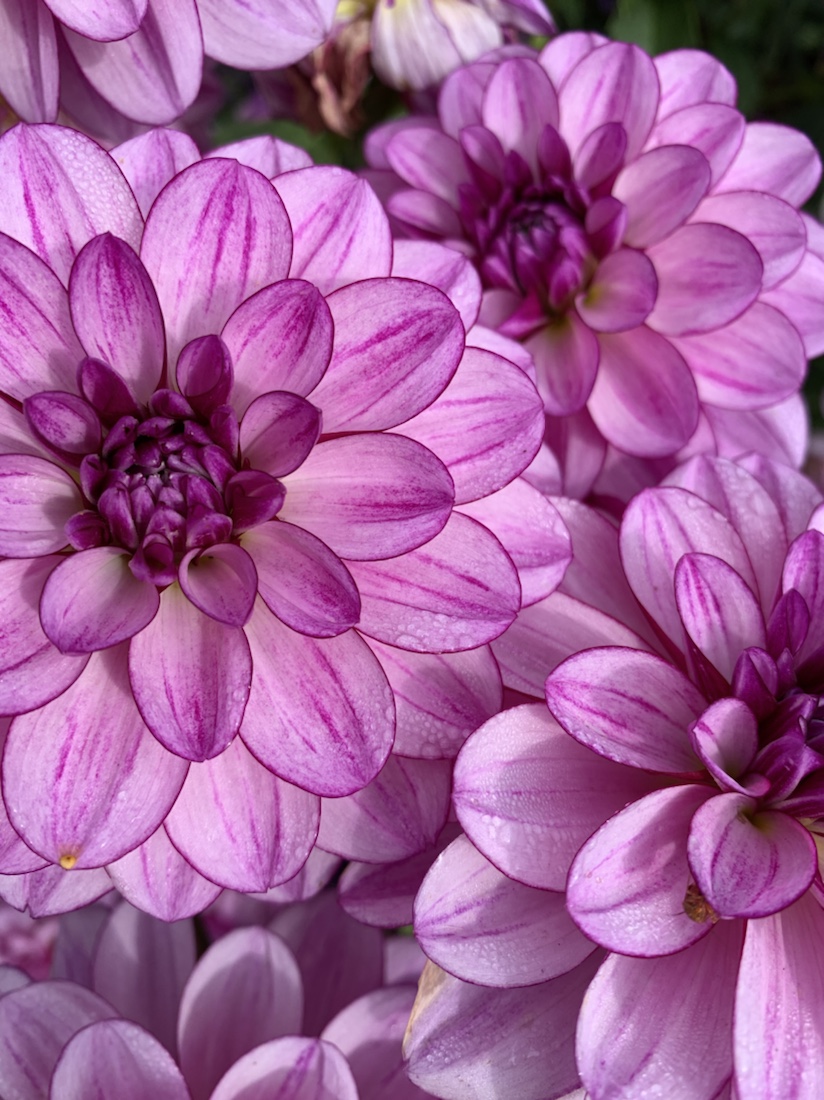
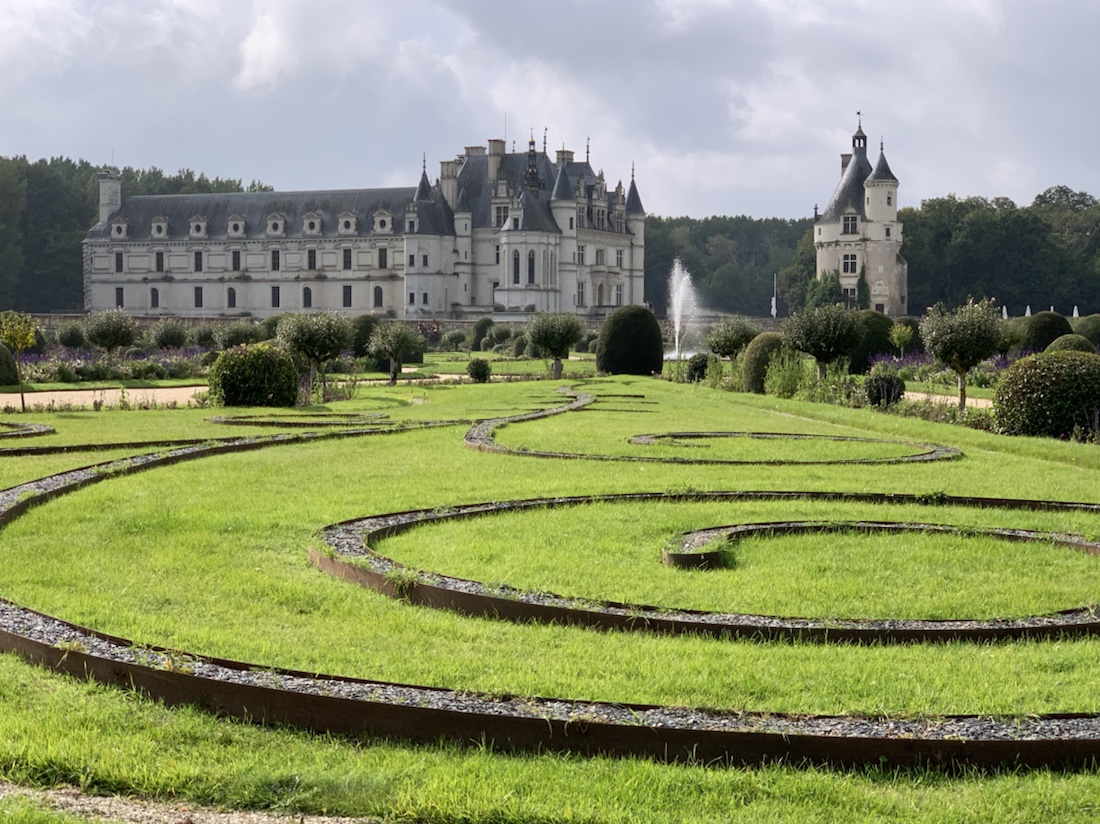
The Queen upped the ante with this stunning garden 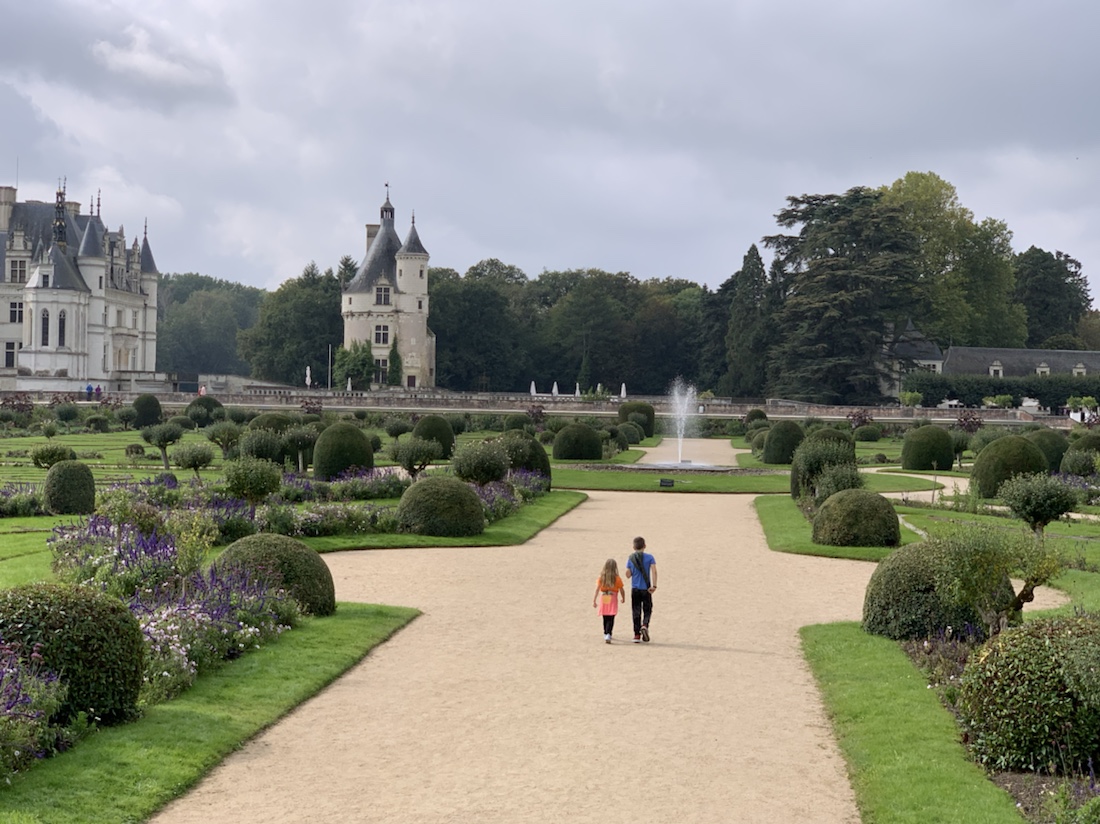
off to find the maze 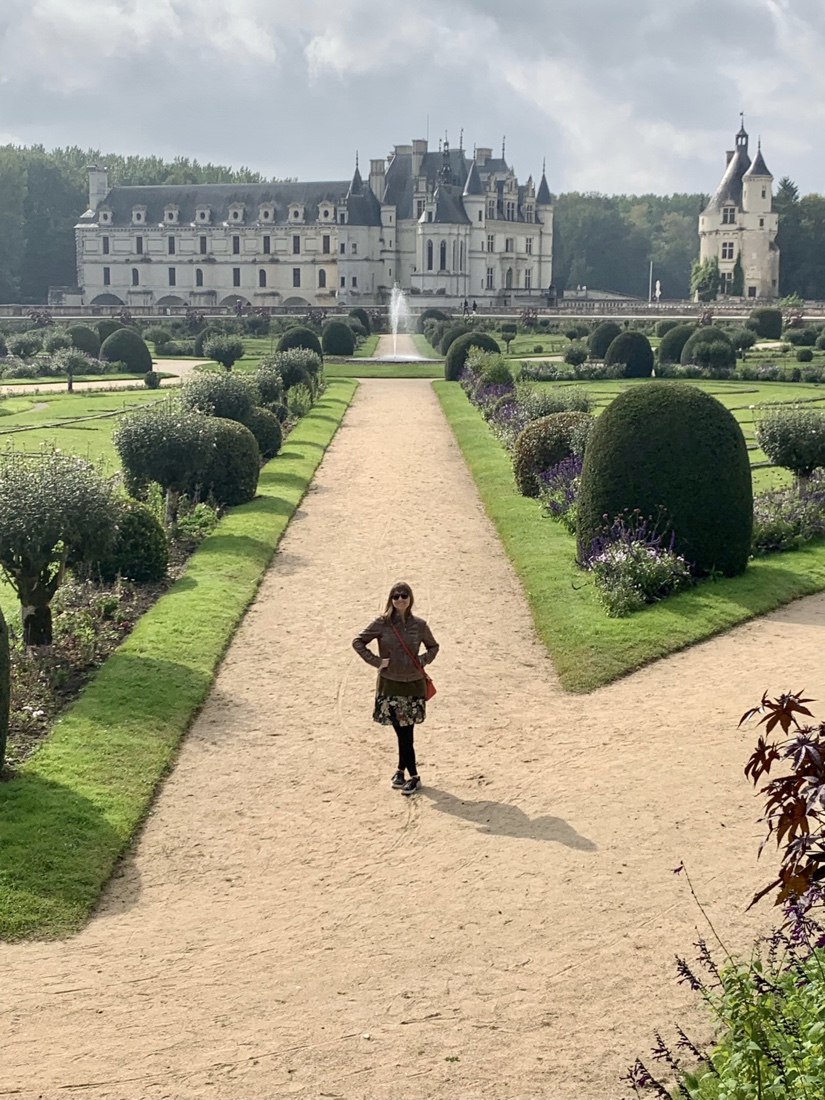
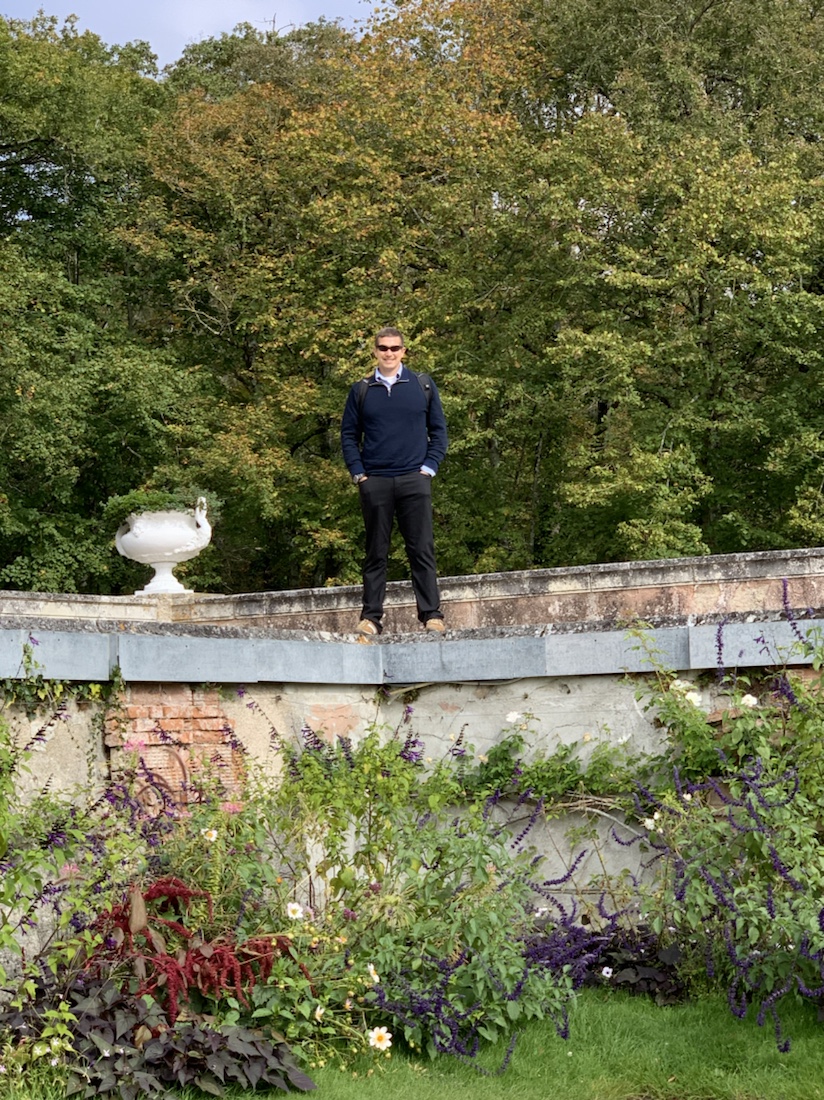
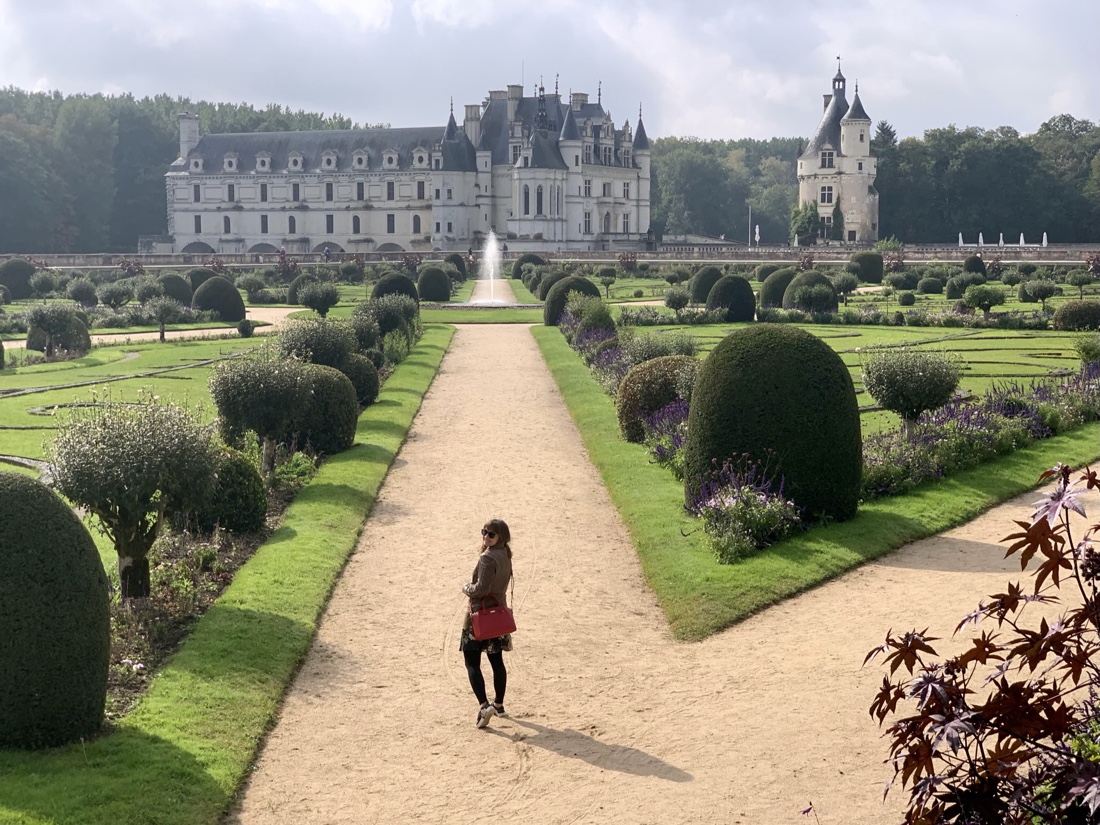
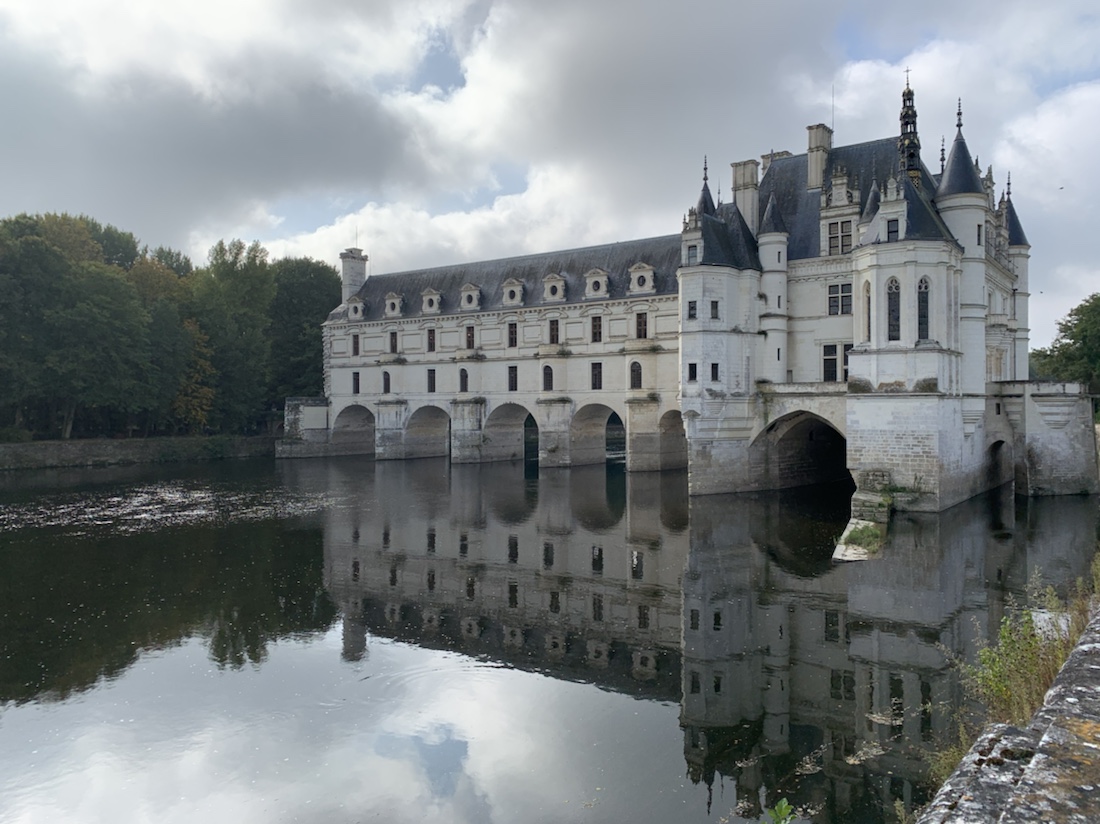
Here’s my favorite part of the chateau’s history, straight from a plaque posted in the gallery: “On June 22, 1940, France lost a decisive battle that would have catastrophic consequences. The country was cut in two by an impassable border, the Line of Demarcation. The gallery led to the Free Zone. The Menier family, owners of the chateau, helped villagers and Jews escape to the South. German patrols watched the river, patrolling the moats at regular intervals, though without managing to block the passage to freedom. The curator had the keys to open the gallery, letting refugees pass through once the coast was clear.”
Roaming through centuries of intrigue while wandering the halls and staircases of this beautiful old castle, circling the gardens and the labyrinth, realizing I do not have a grasp of French history at all, and enjoying the crisp fall air in the warm sunshine as the first autumn leaves frame the grounds—so fun! We all got separated passing through the maze-like kitchens, and I found Eloise near tears because Isaac had zipped off without her. He made it up to her by carrying her around the gardens piggyback. There is a charming cafe in the old stables and spilling outside to spread out under a canopy of trees. I had a garden vegetable soup and the kids had very tasty hamburgers. The castle has fresh, seasonal bouquets in all the rooms with flowers from the gardens, and in the winter the fires are lit to extend a sense of welcome and hospitality to all visitors. The colors, materials, architecture, history, gardens, hospitable details—it was enchanting. We spent longer here than anywhere else, and I could have stayed longer. But we had wine tasting to do, so we had to tear ourselves away.
Chenonceau is my top recommendation in the Loire Valley!

Found their way through the maze 
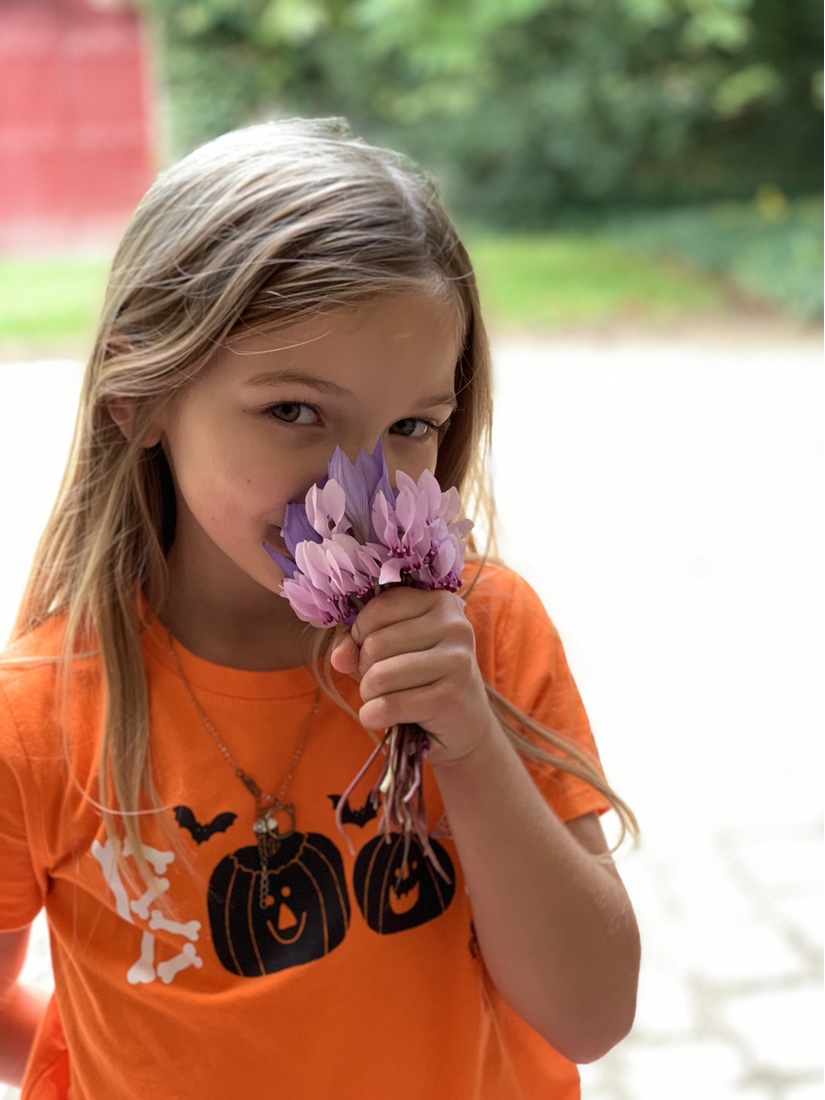
oops… picking the wildflowers 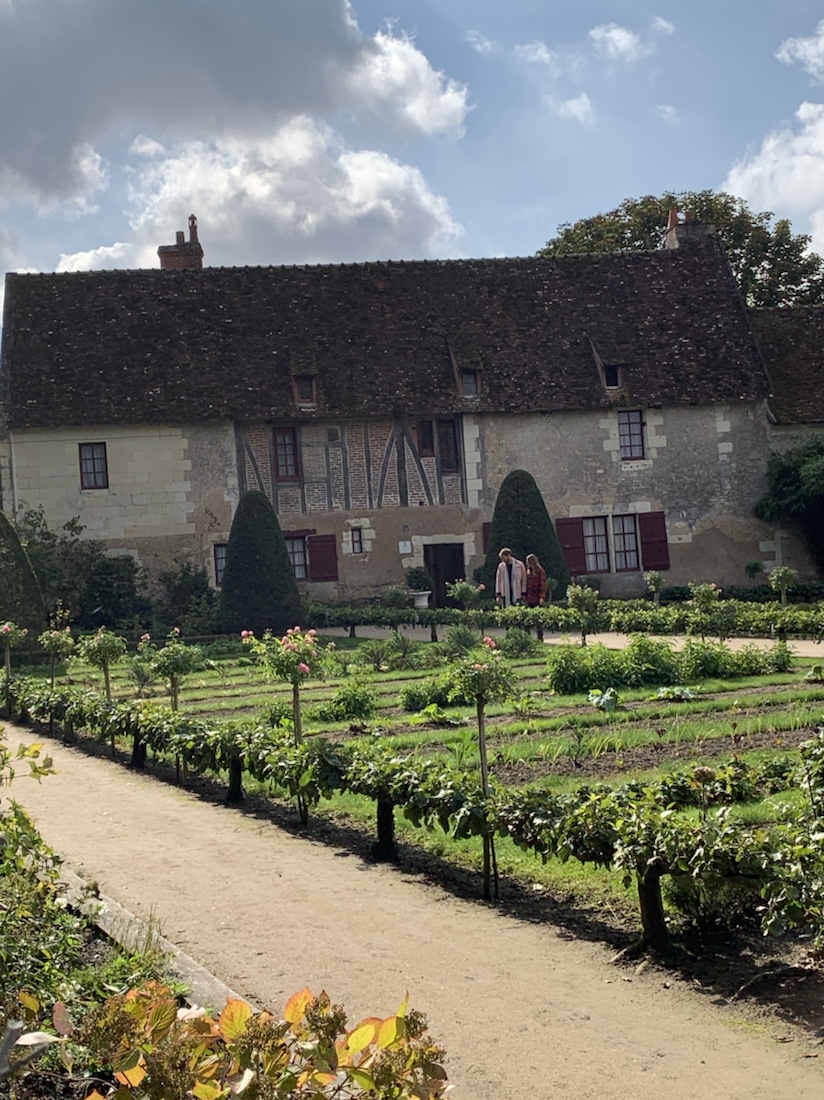
kitchen garden goals 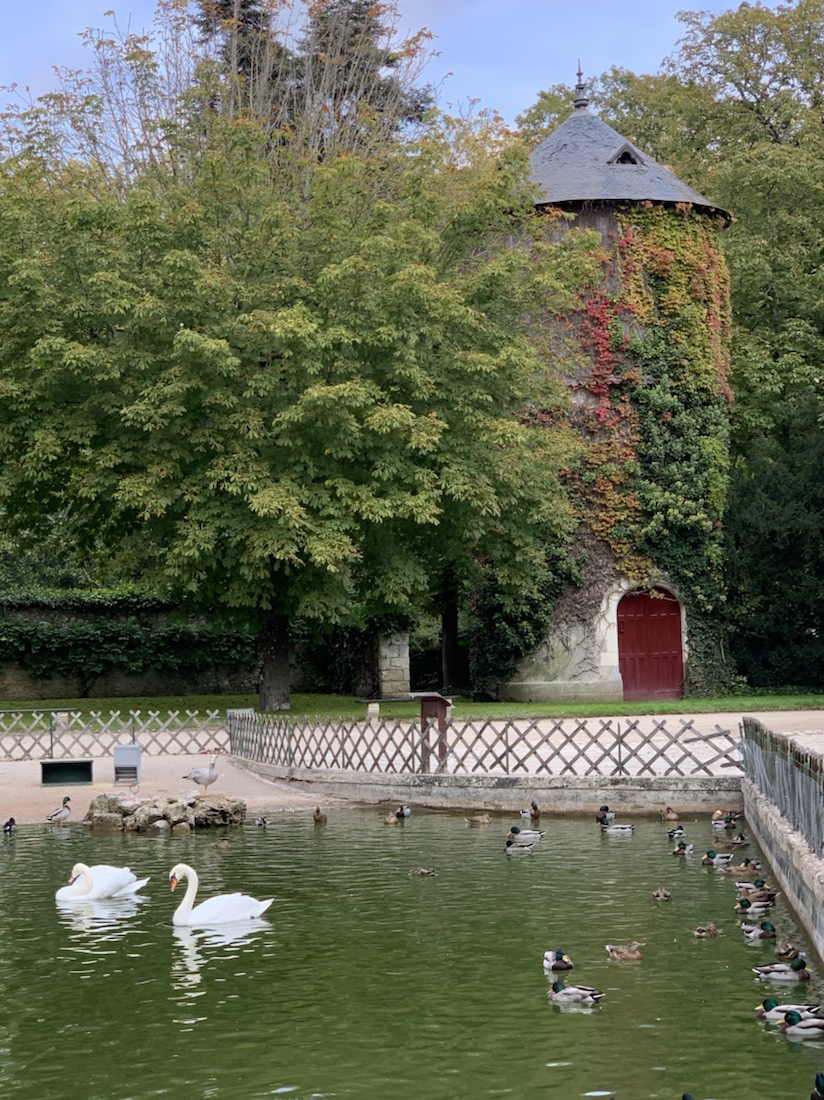
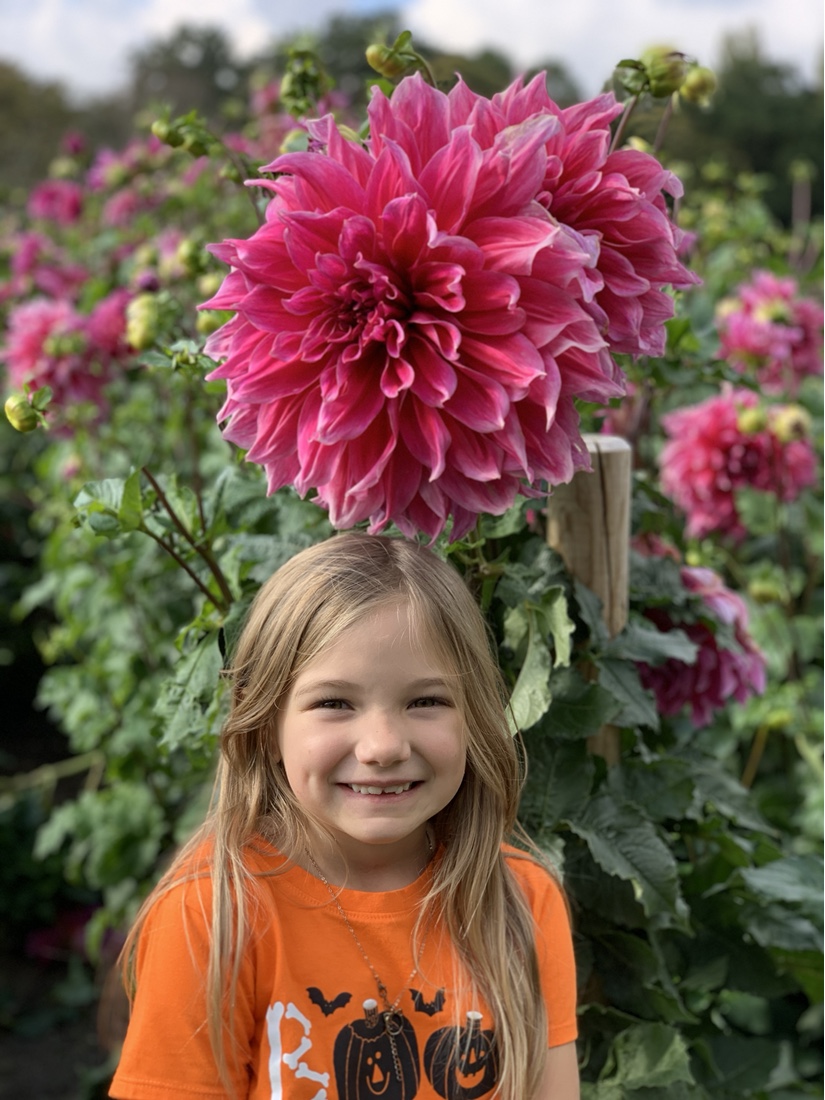
“This flower is bigger than my head!” 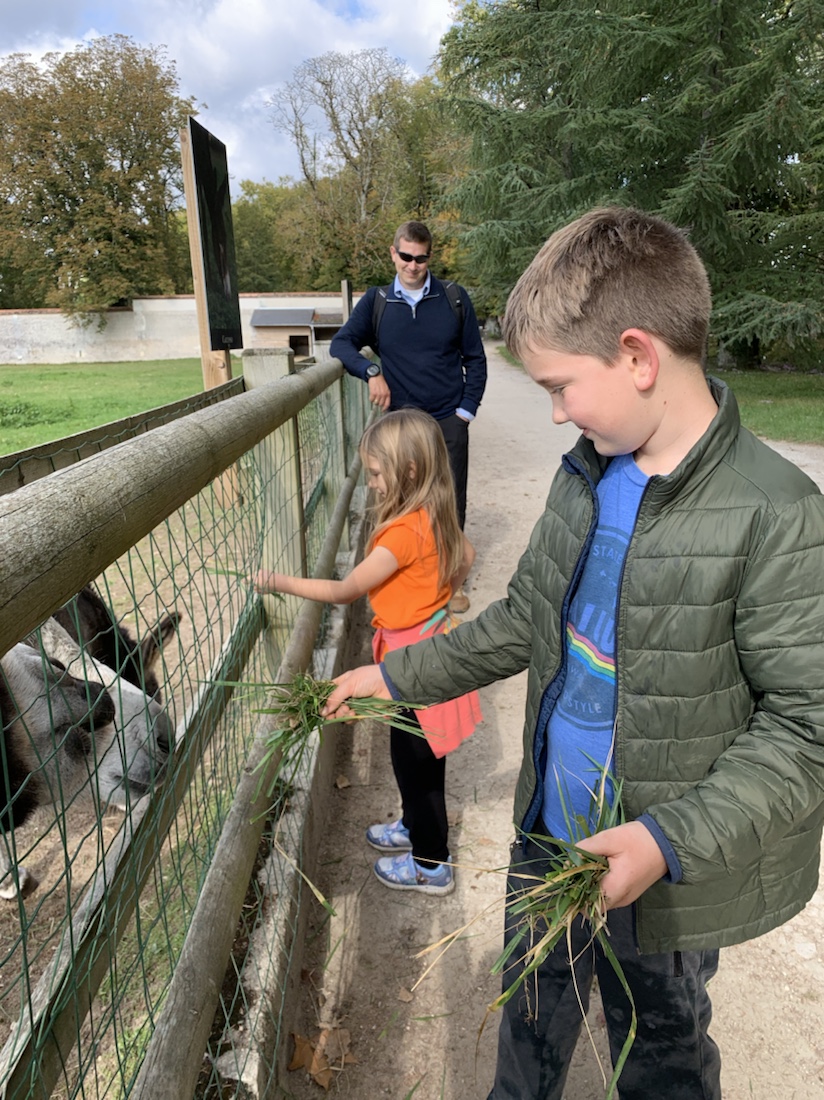
This was Isaac’s favorite part of the chateau 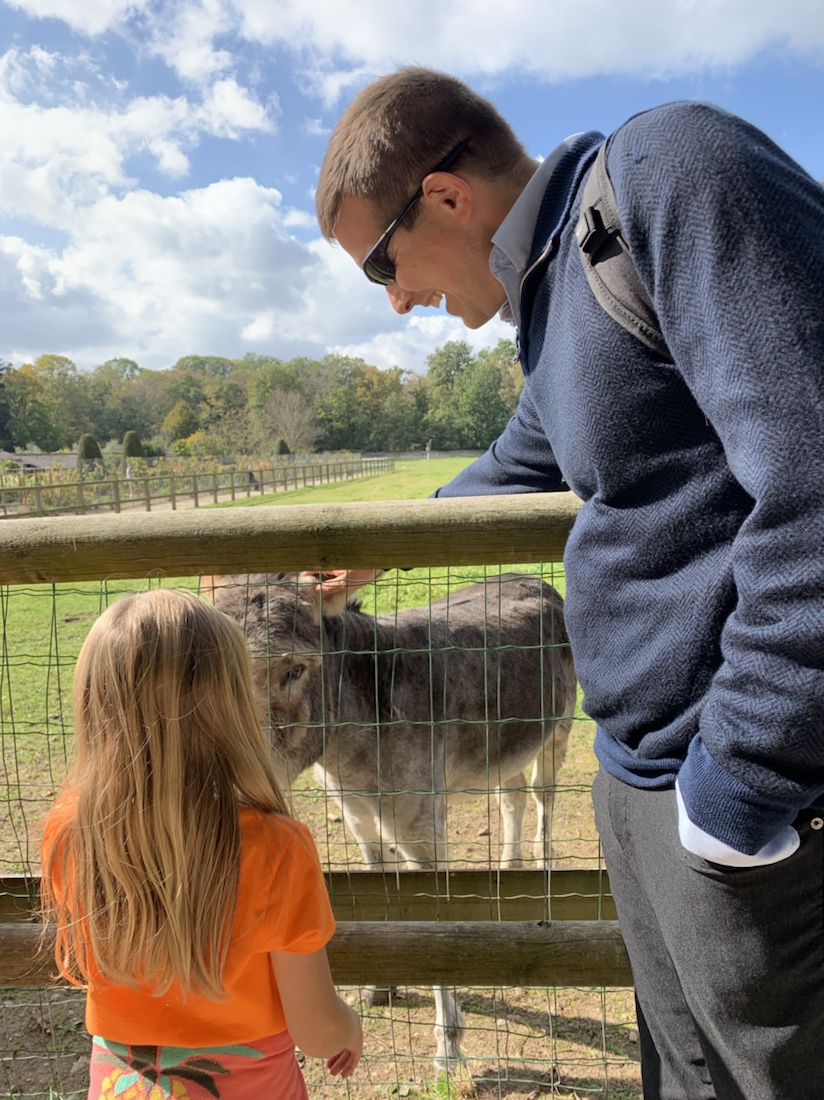
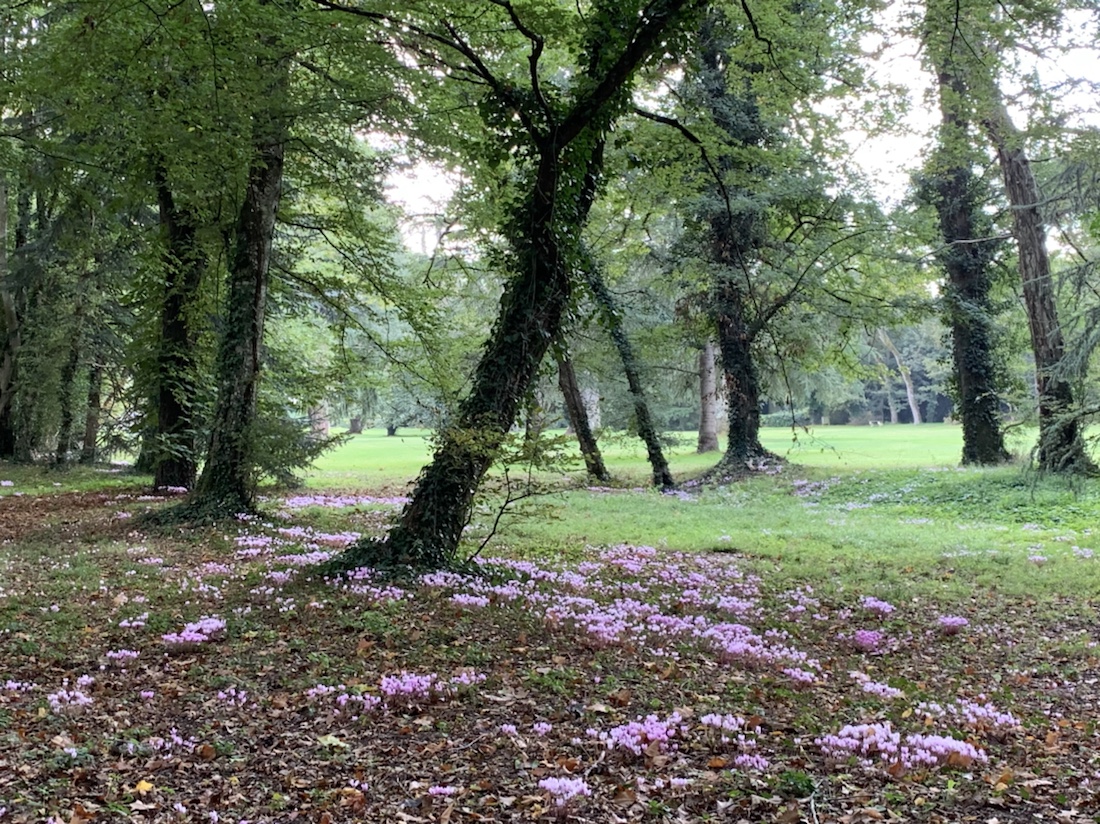
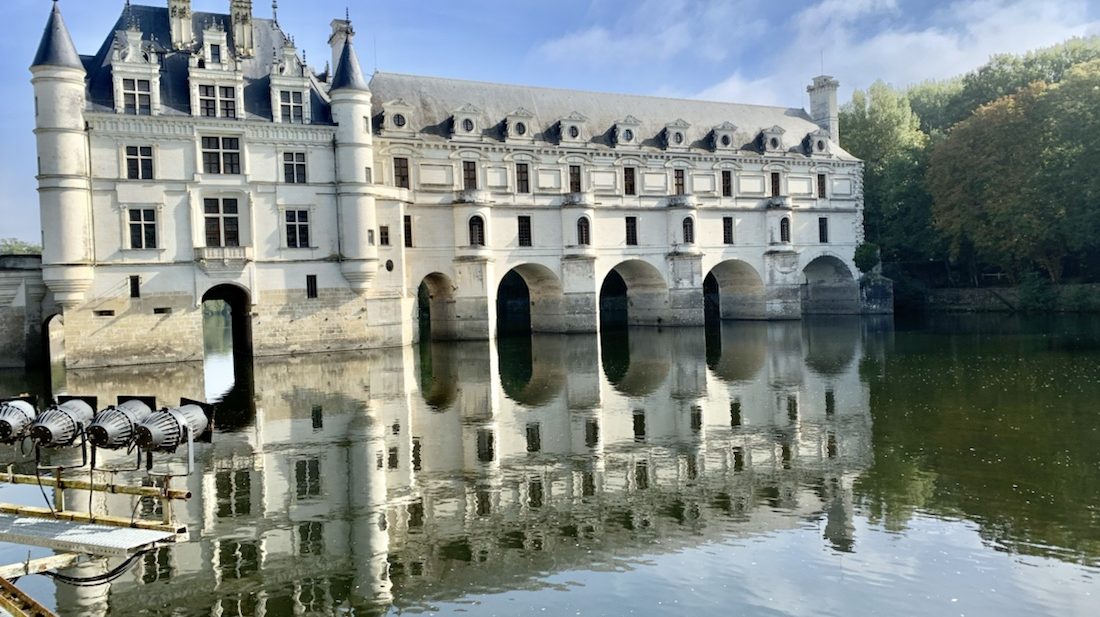
 The Itinerary—Italy and Greece 2021
The Itinerary—Italy and Greece 2021 Royal Summer Nights in Brussels
Royal Summer Nights in Brussels No One Fell in a Crevasse
No One Fell in a Crevasse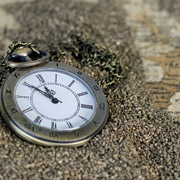 Christmas 2020
Christmas 2020